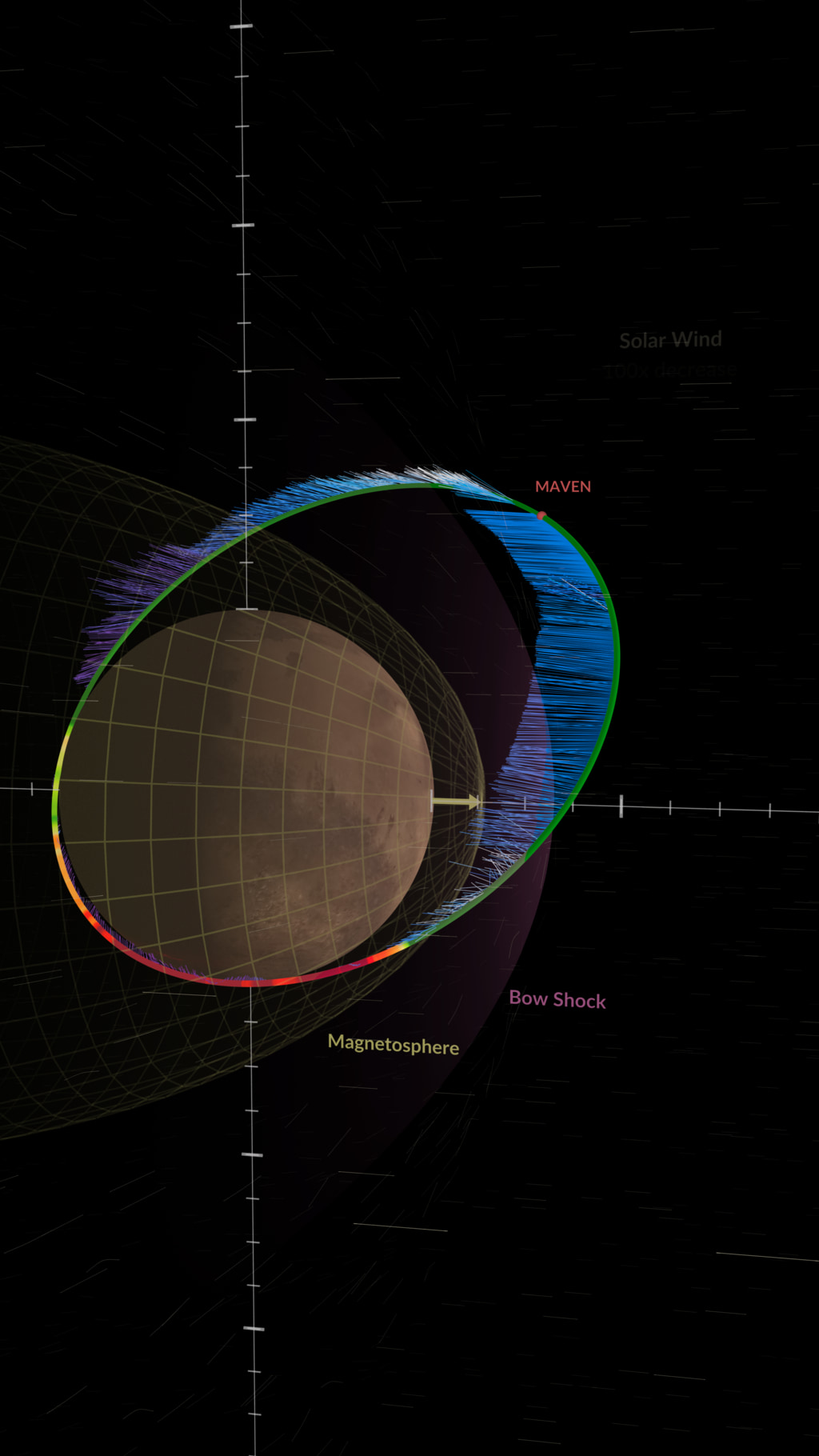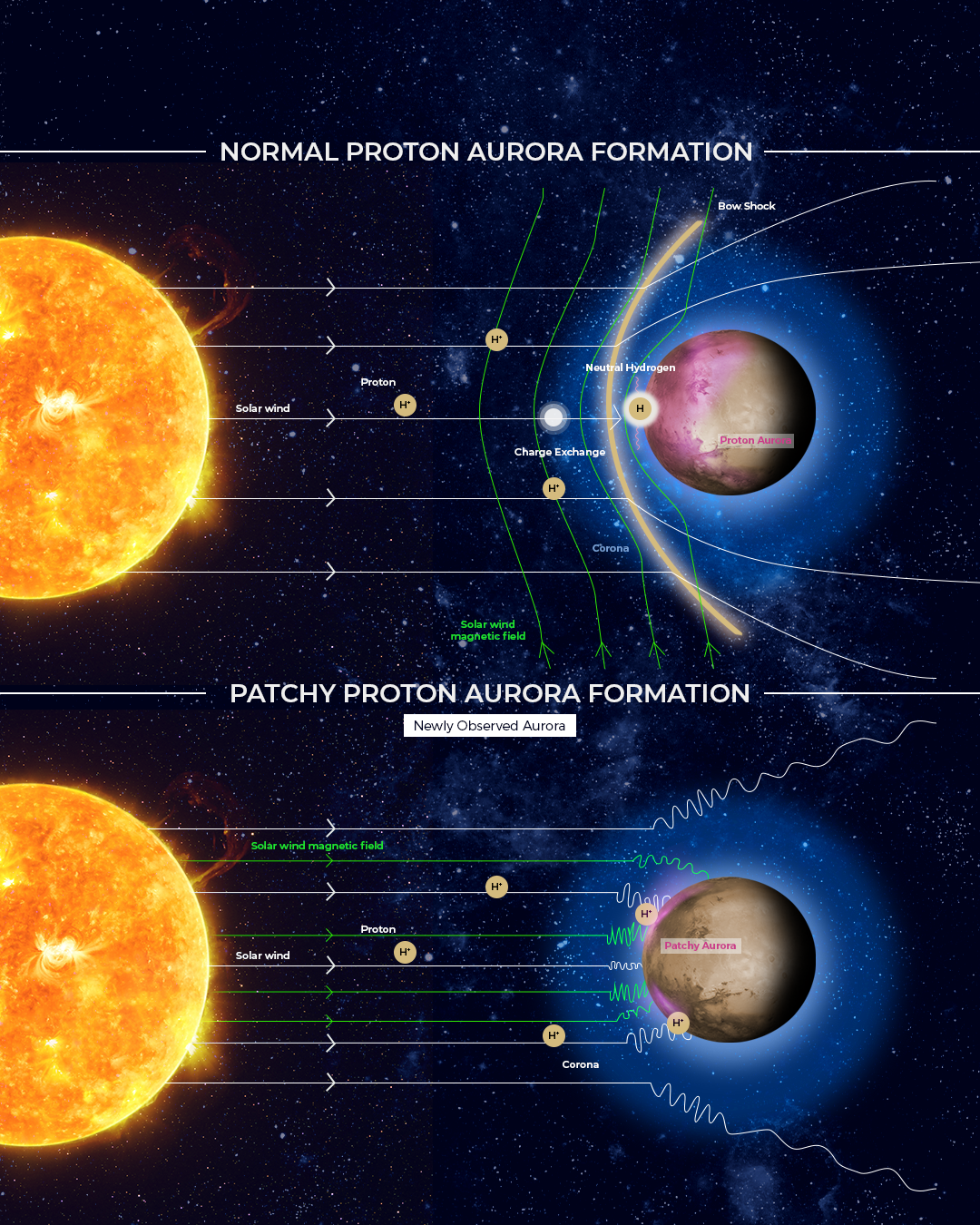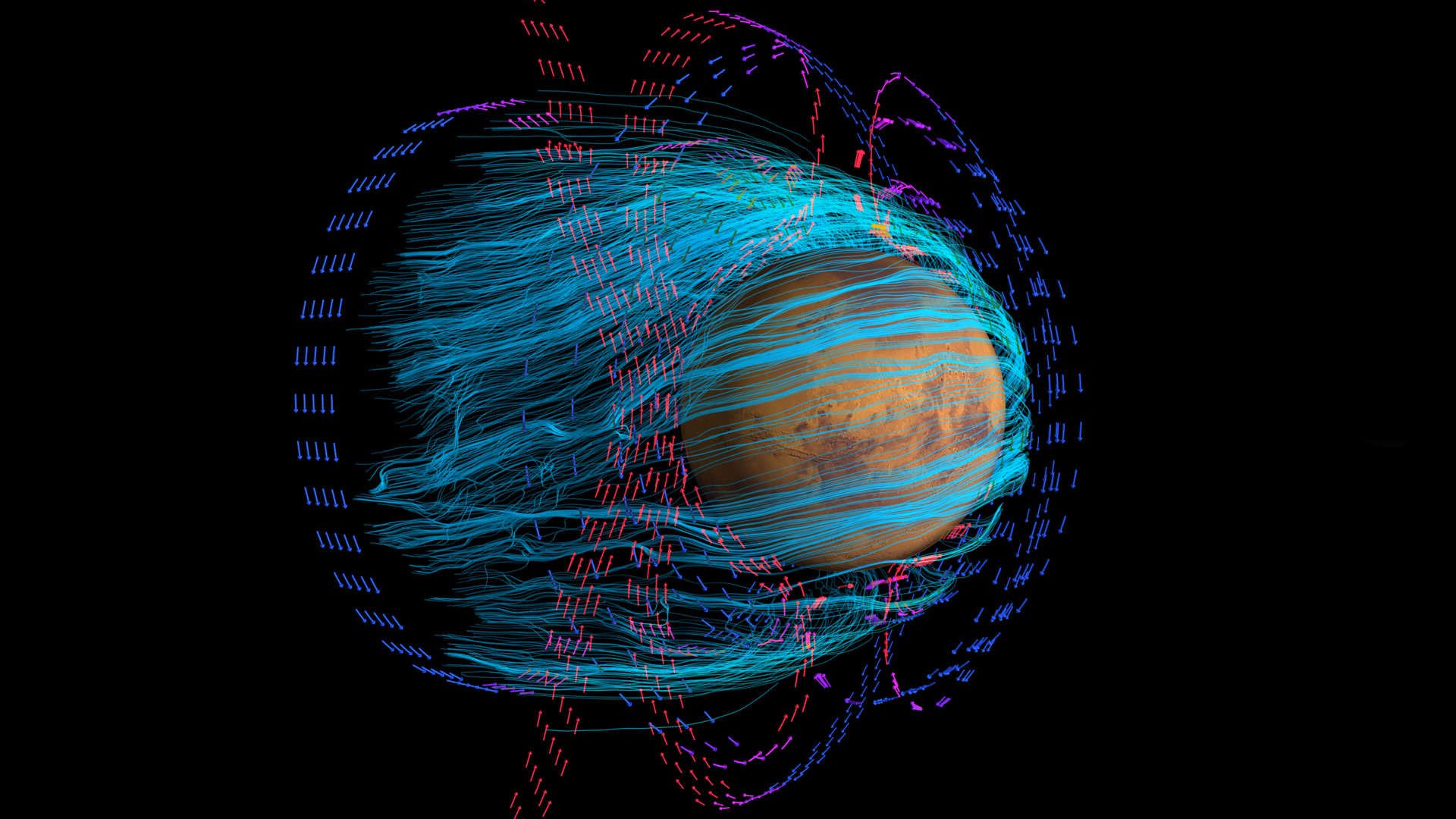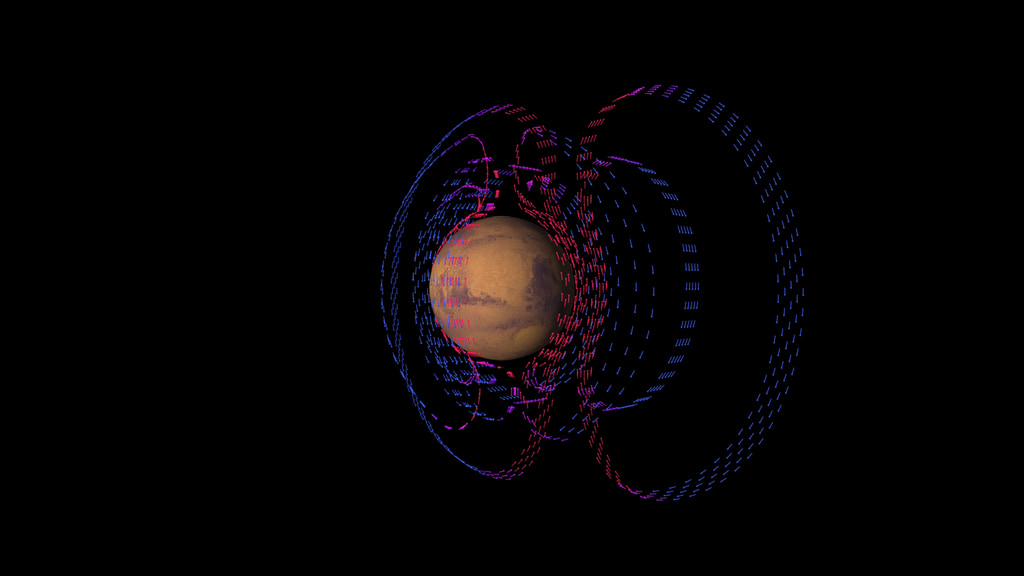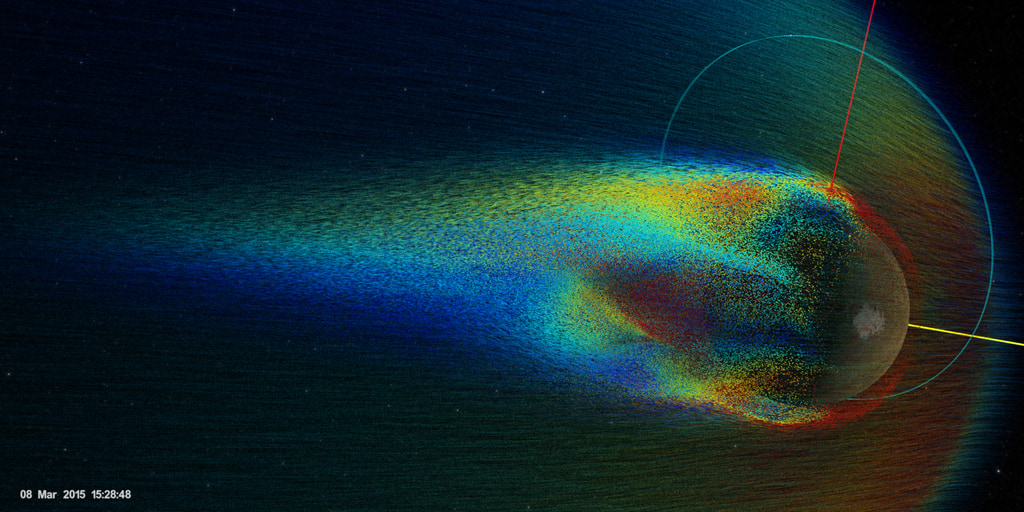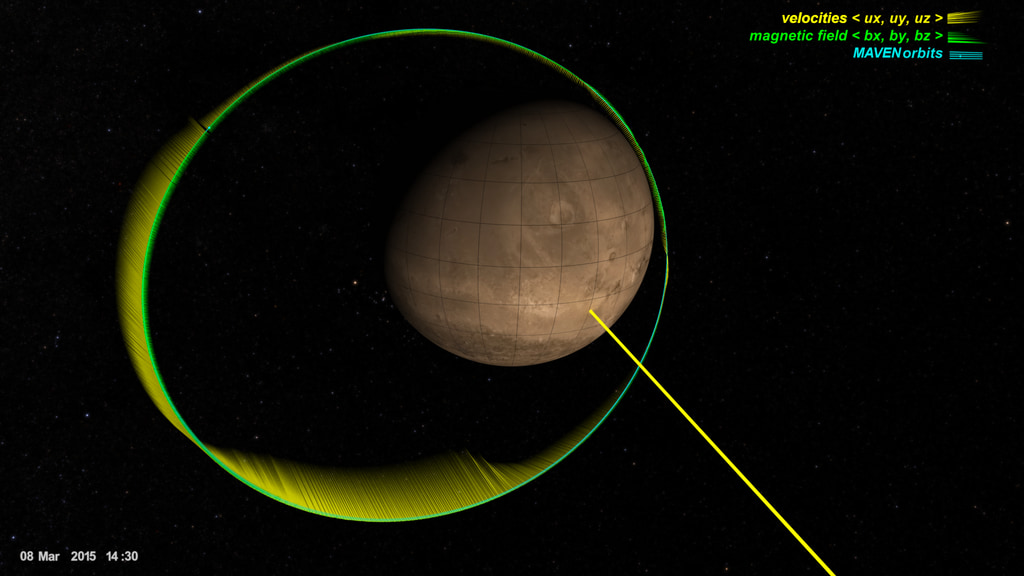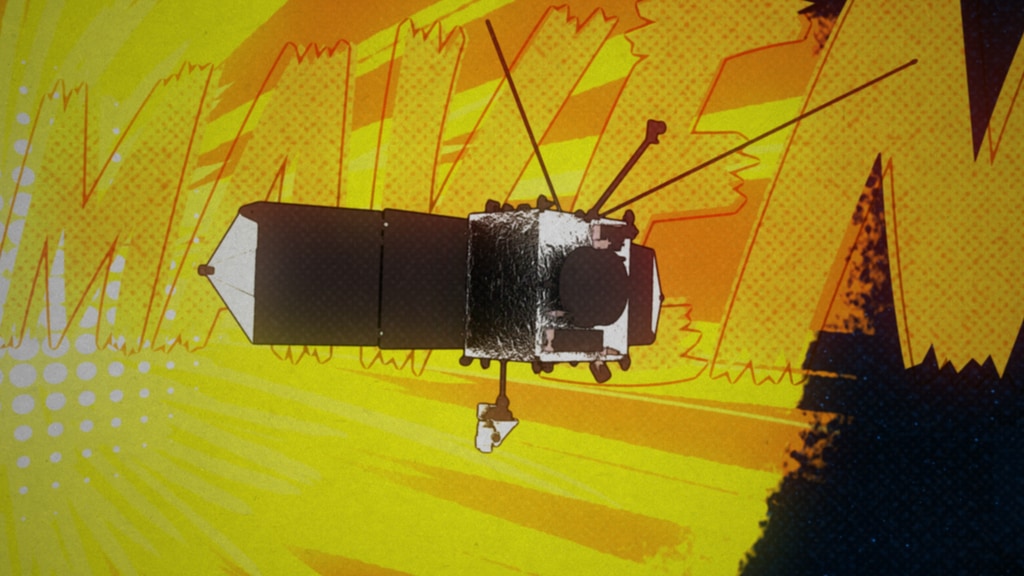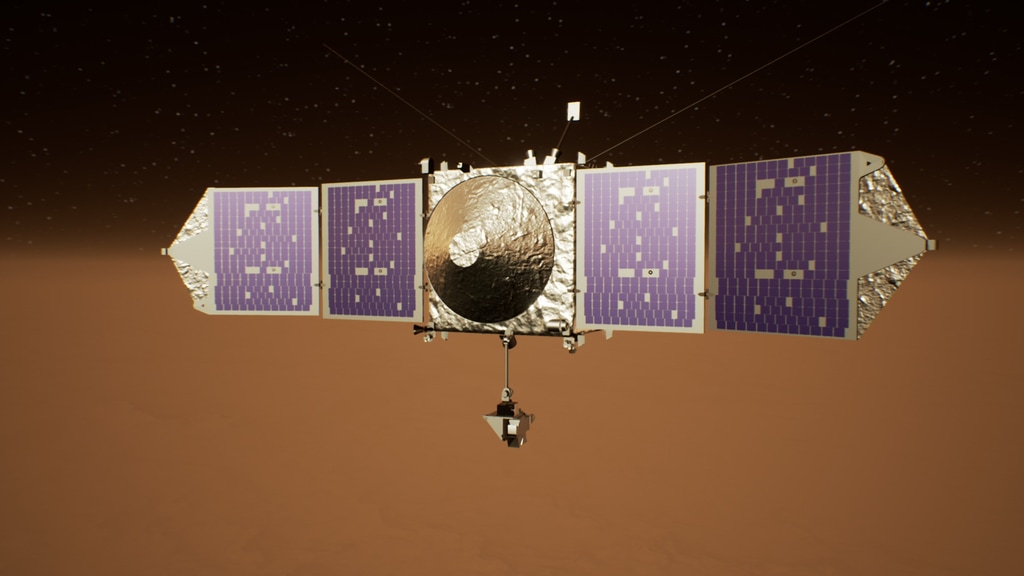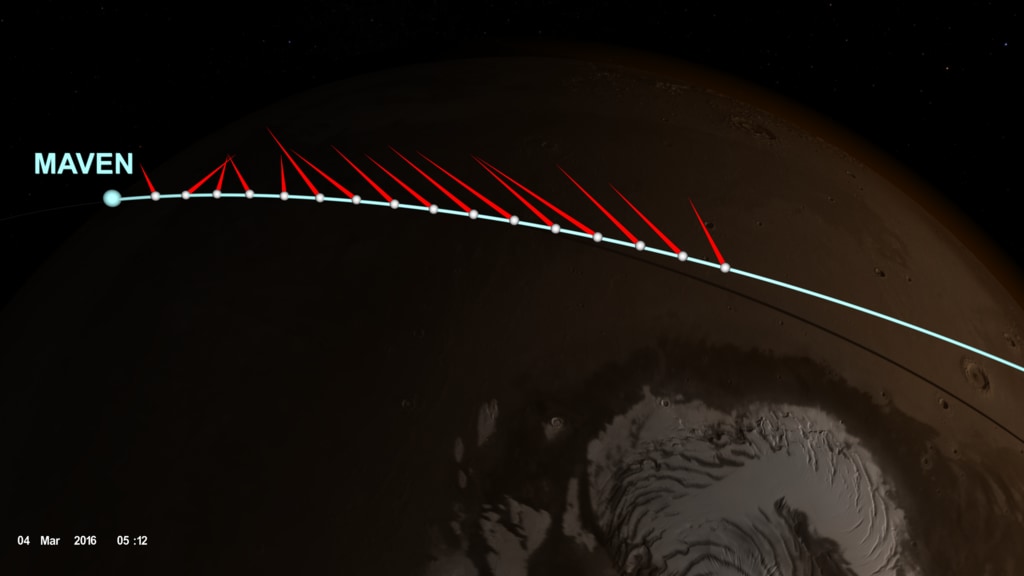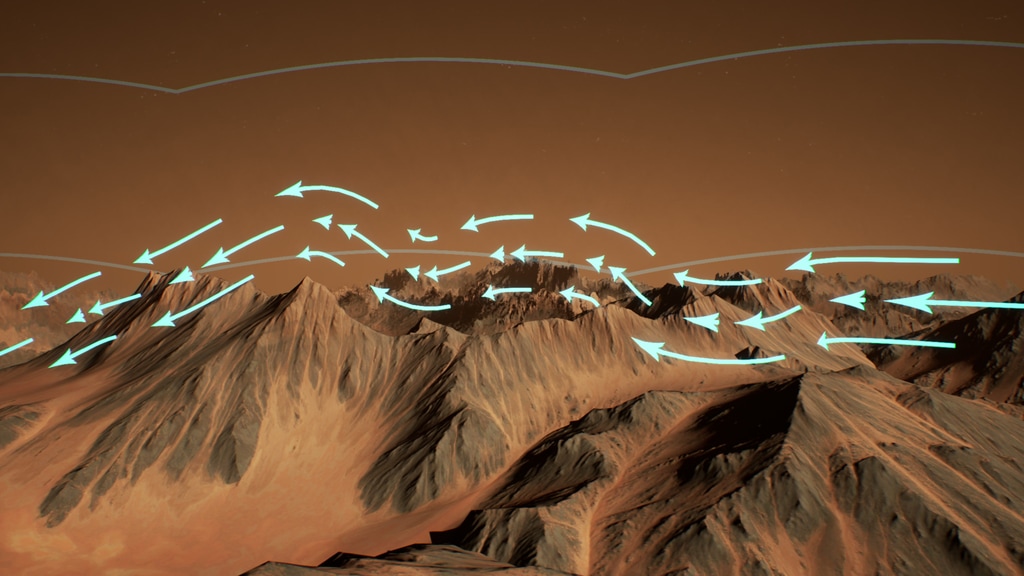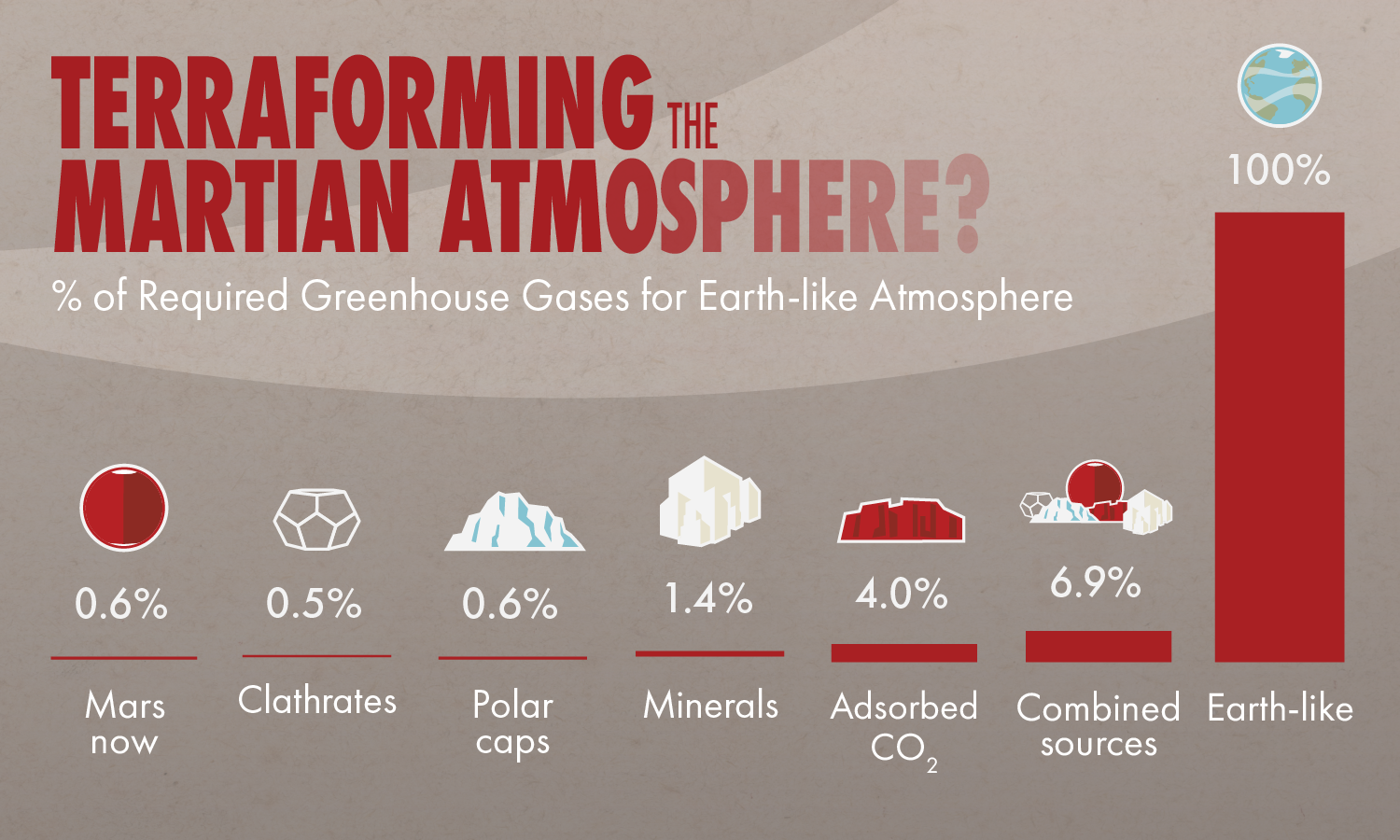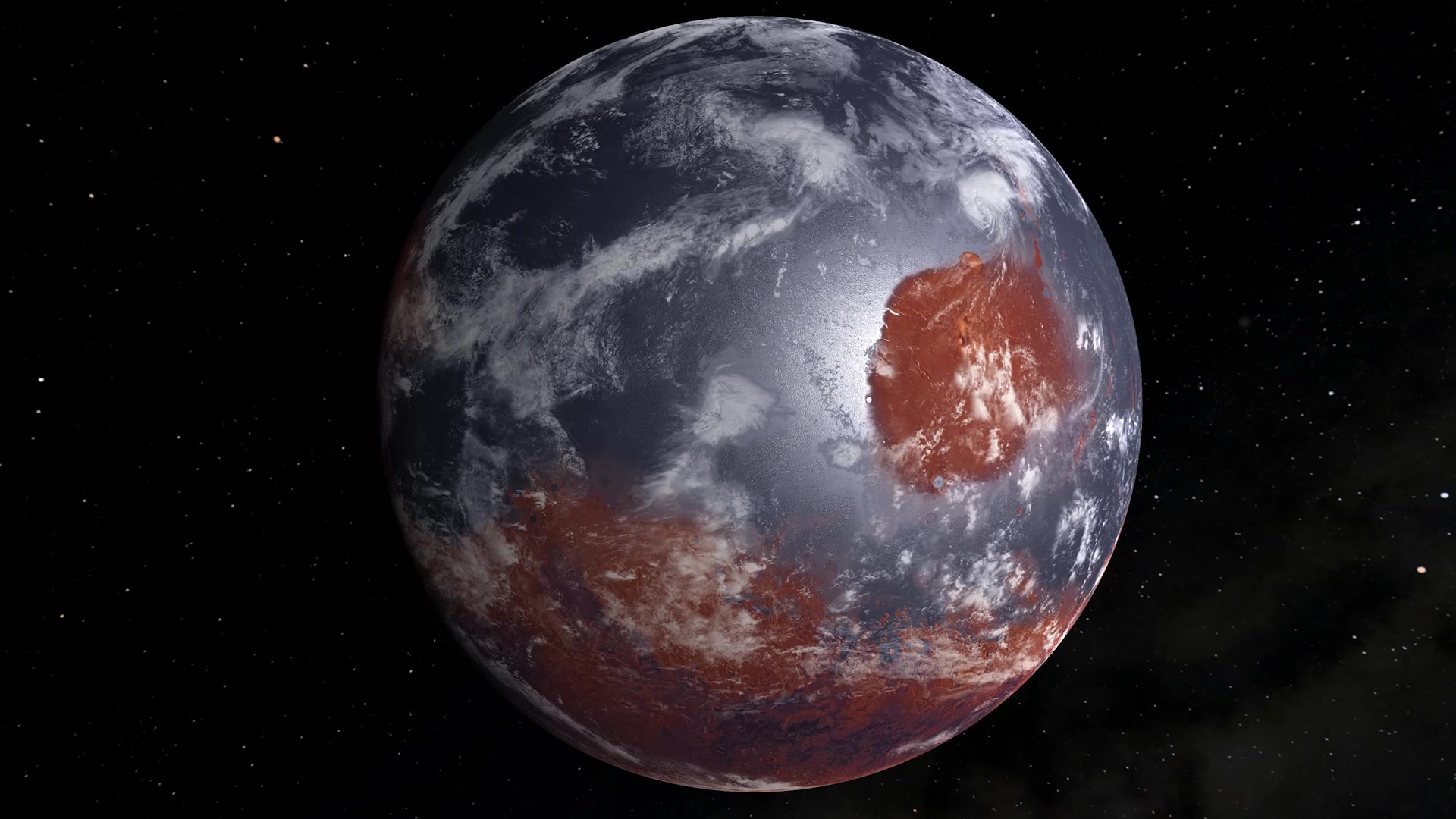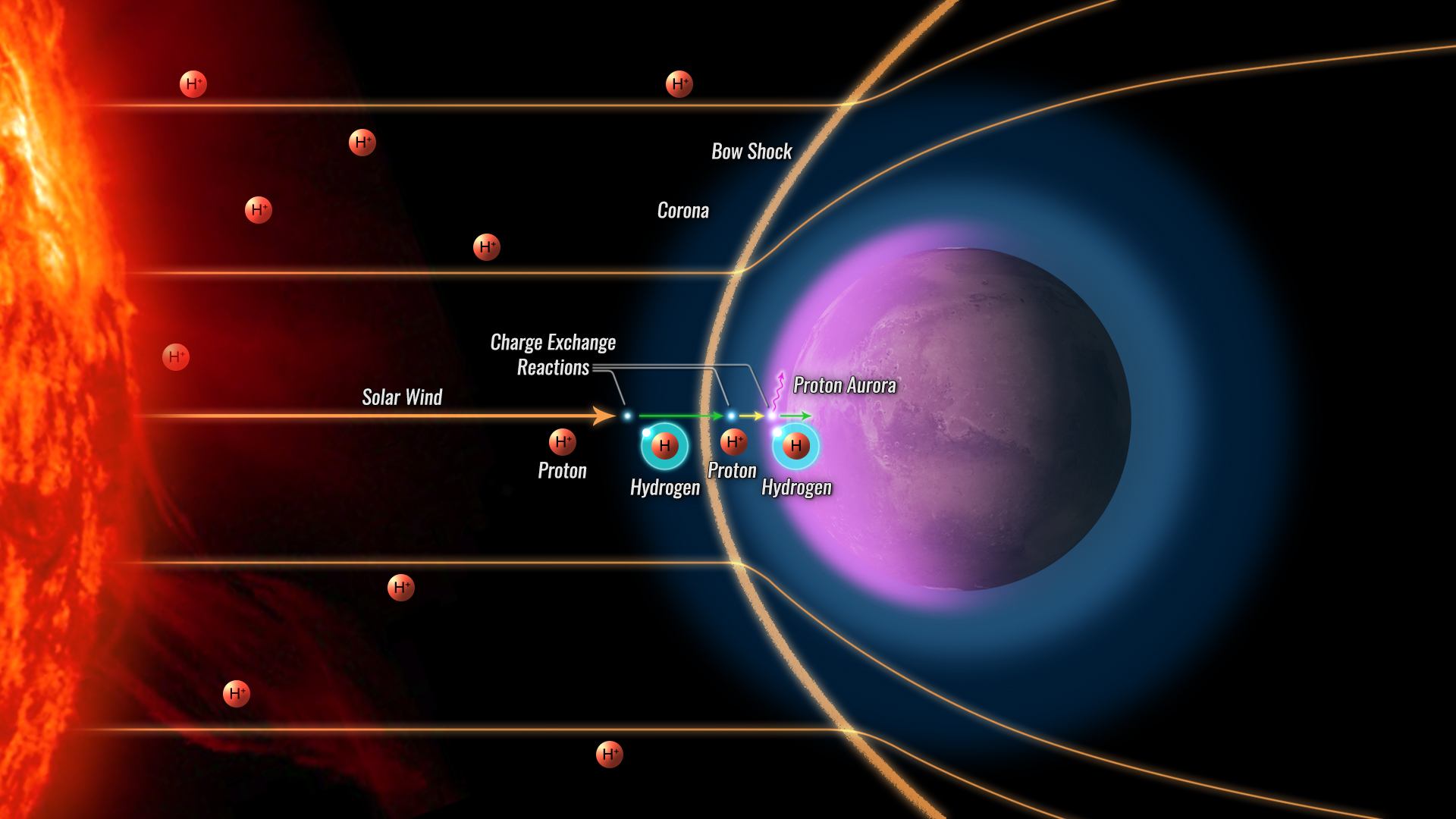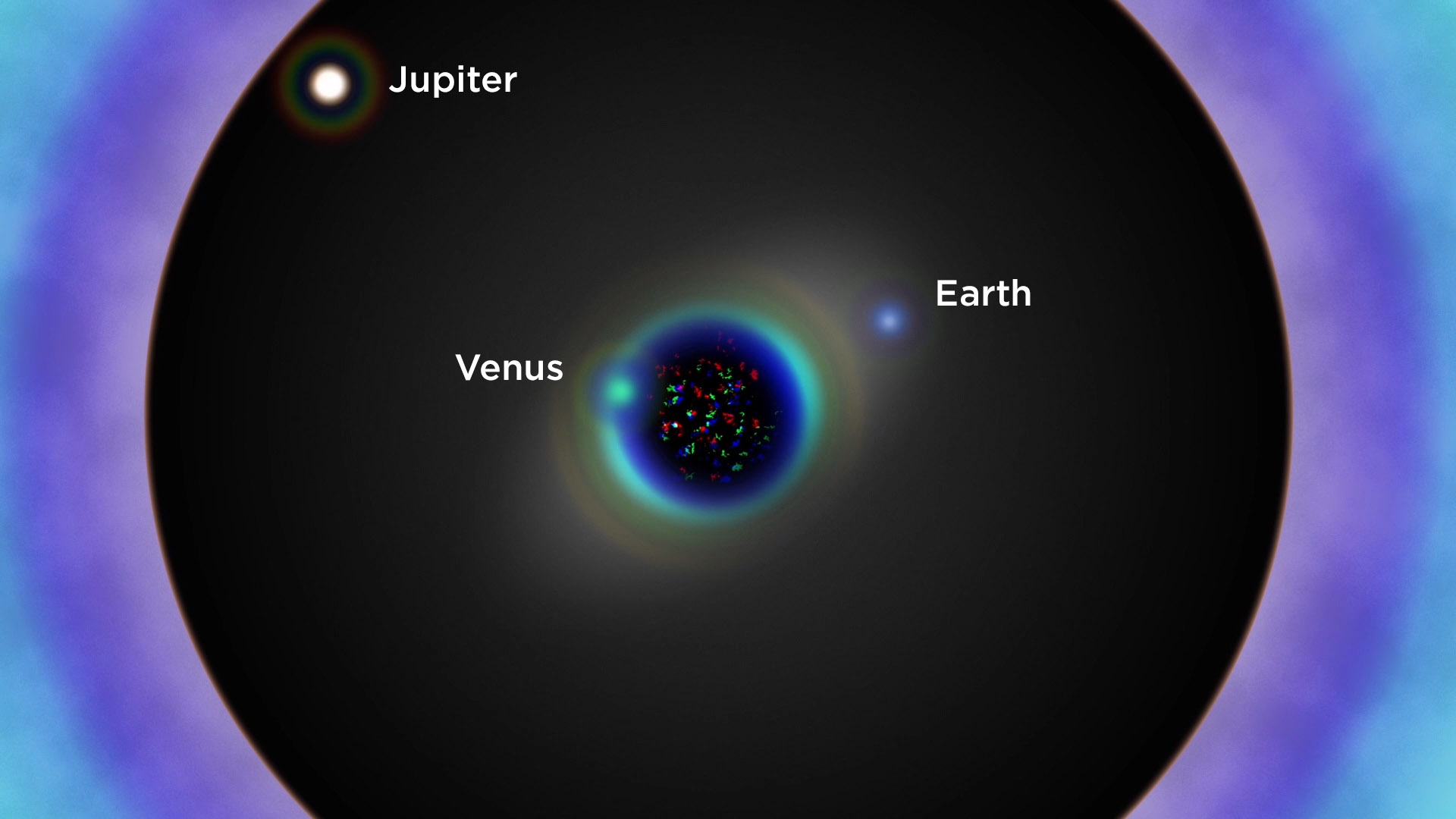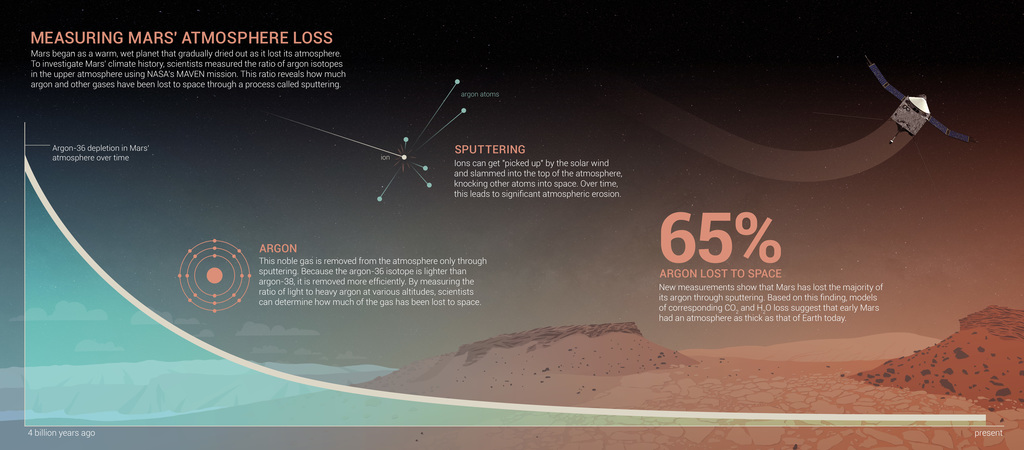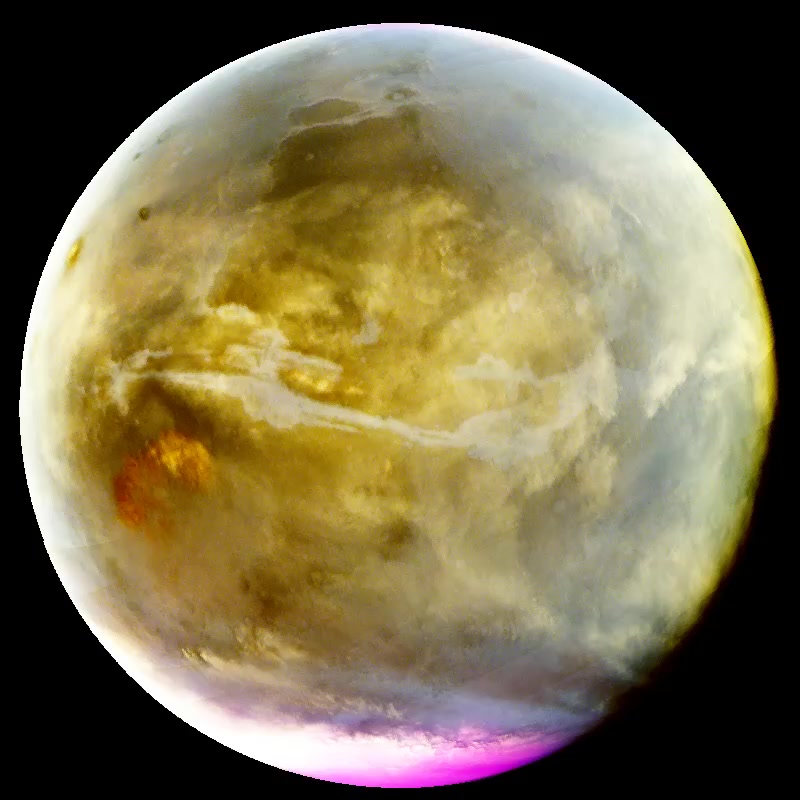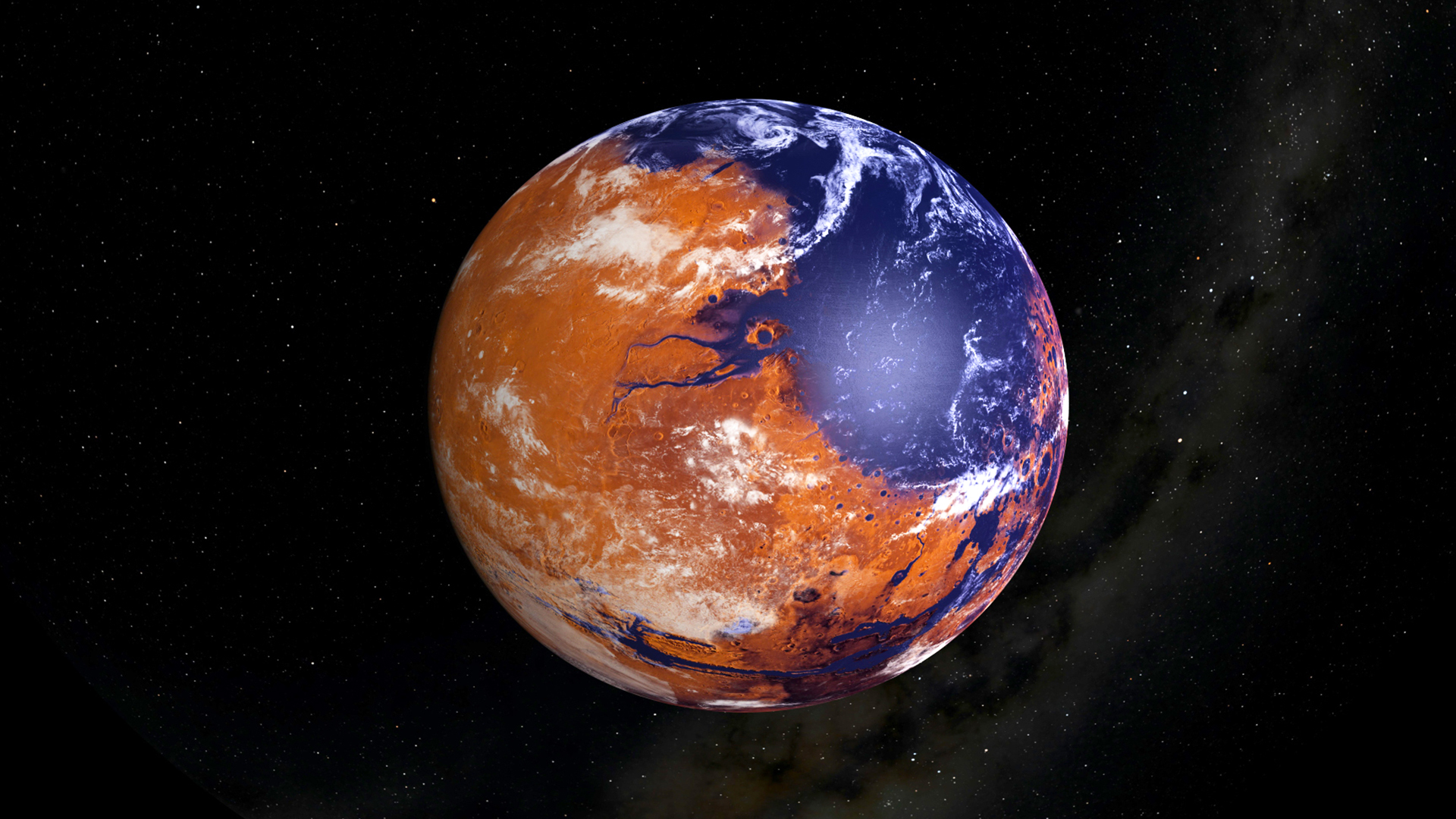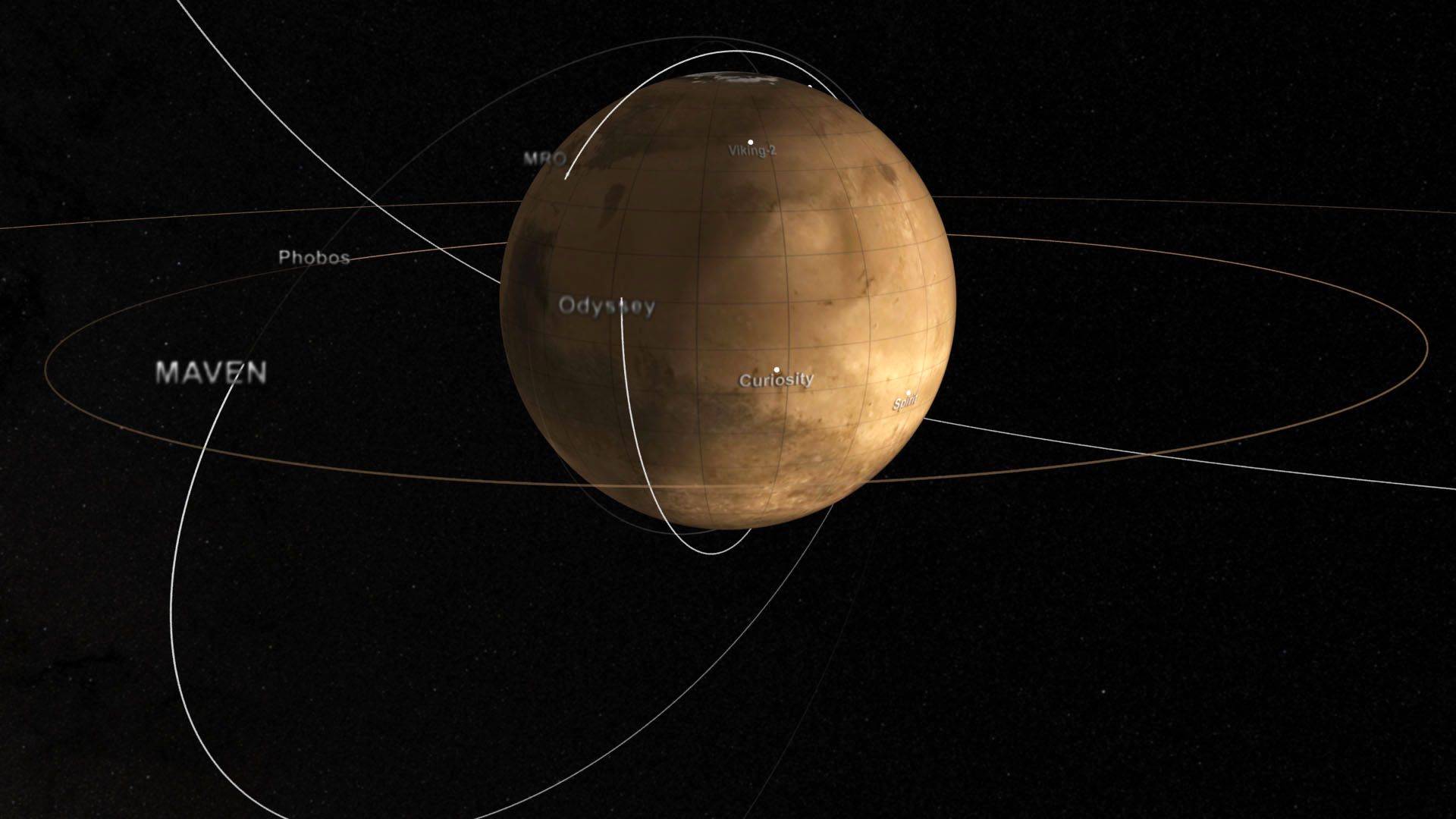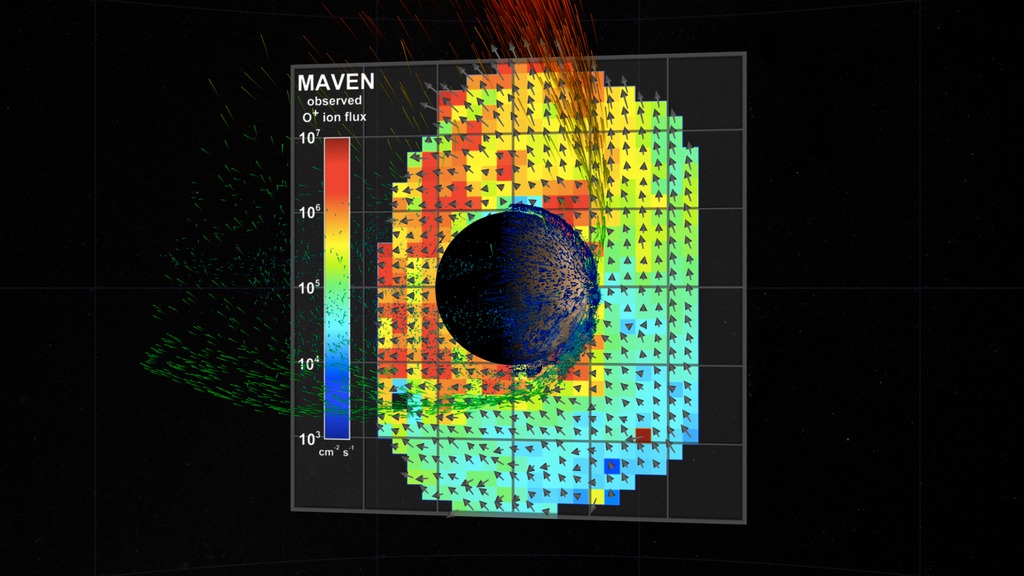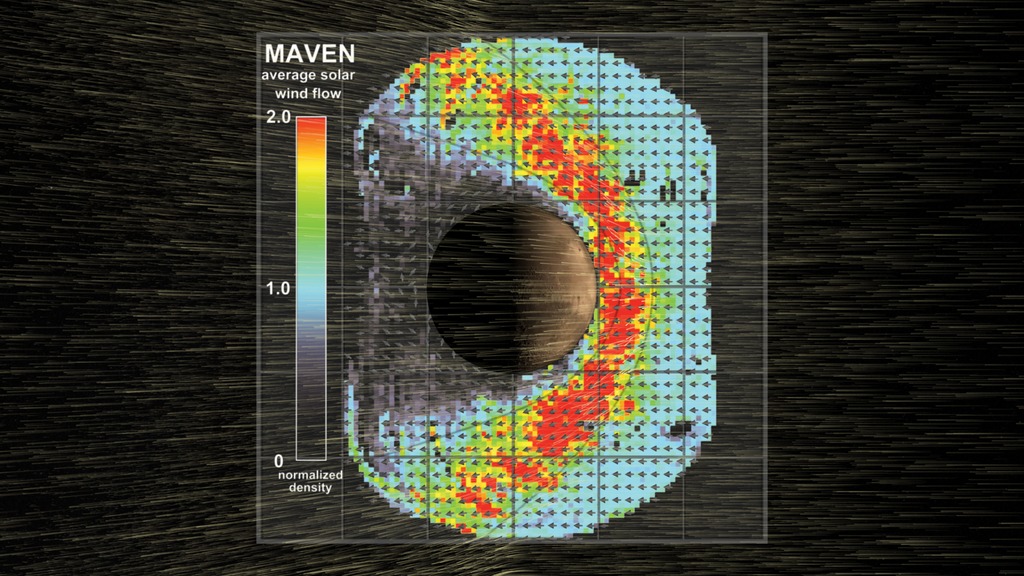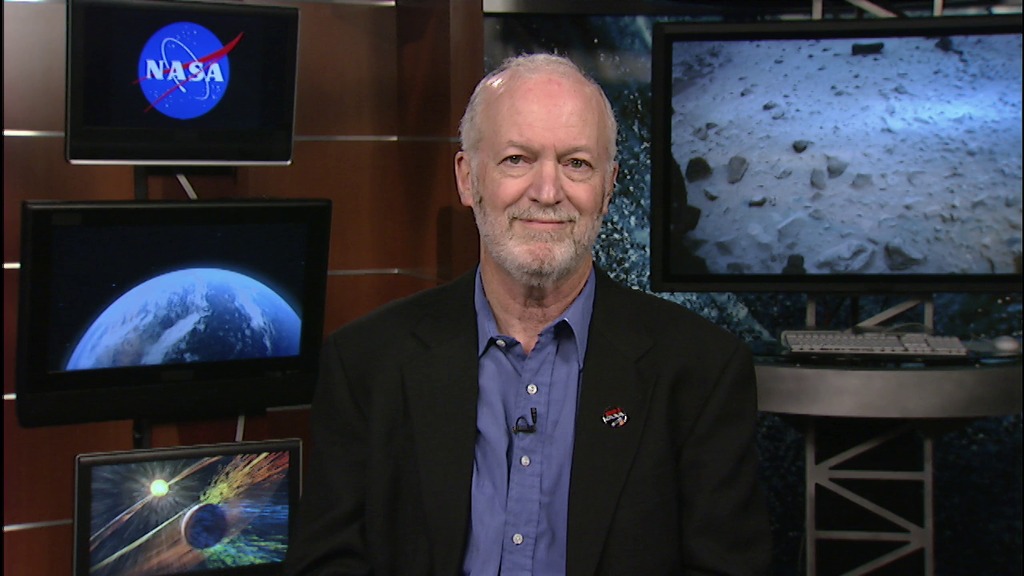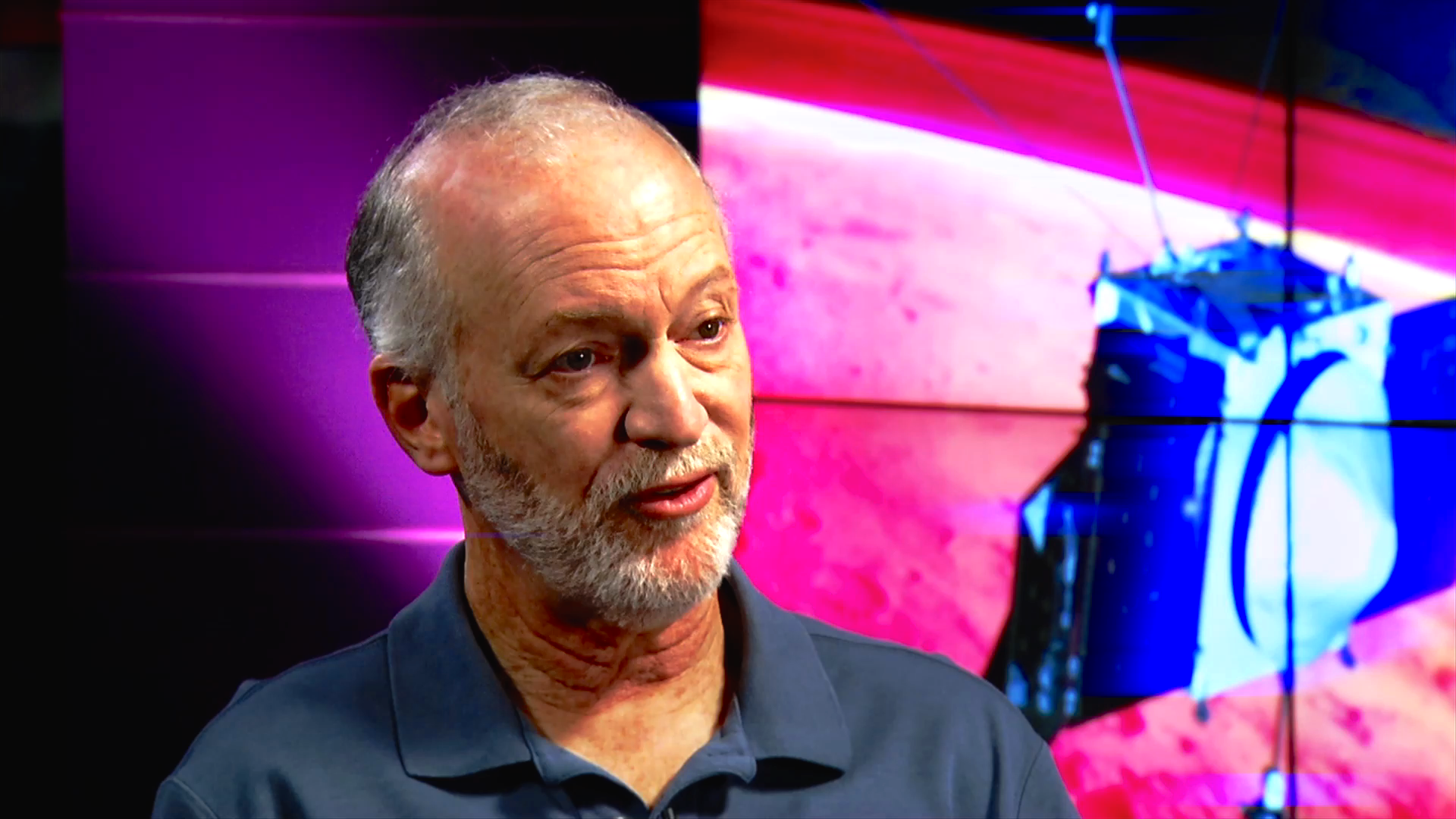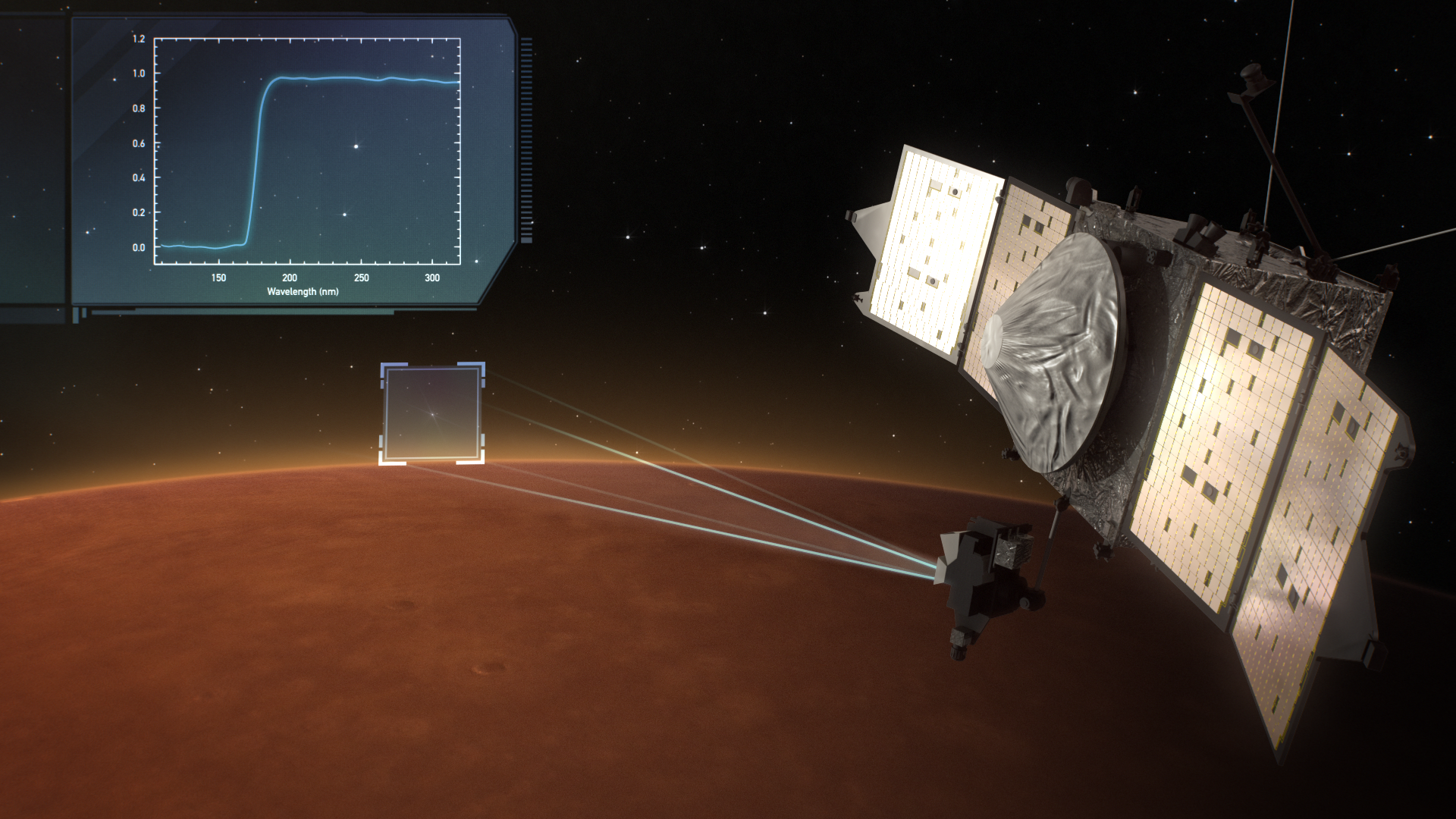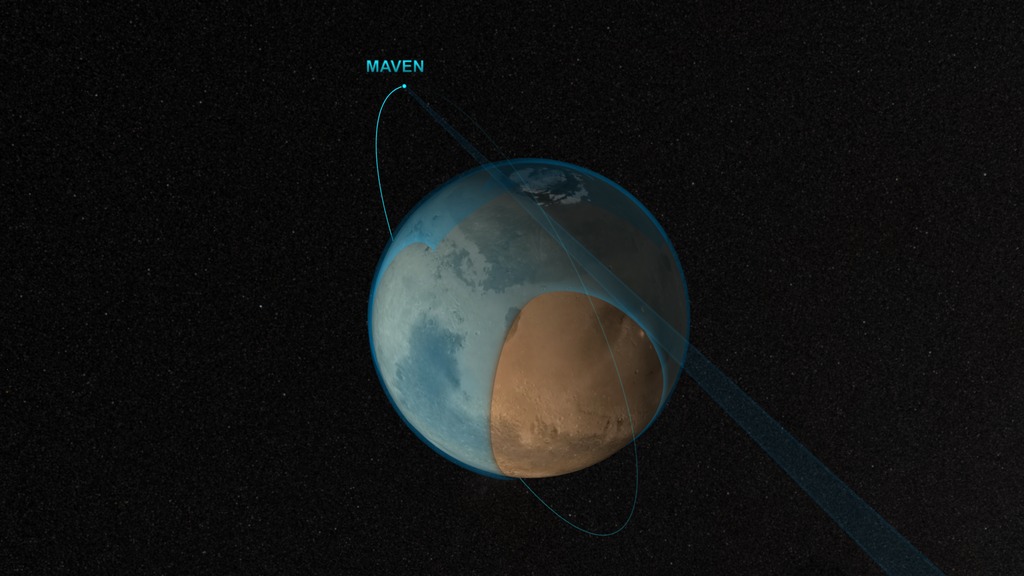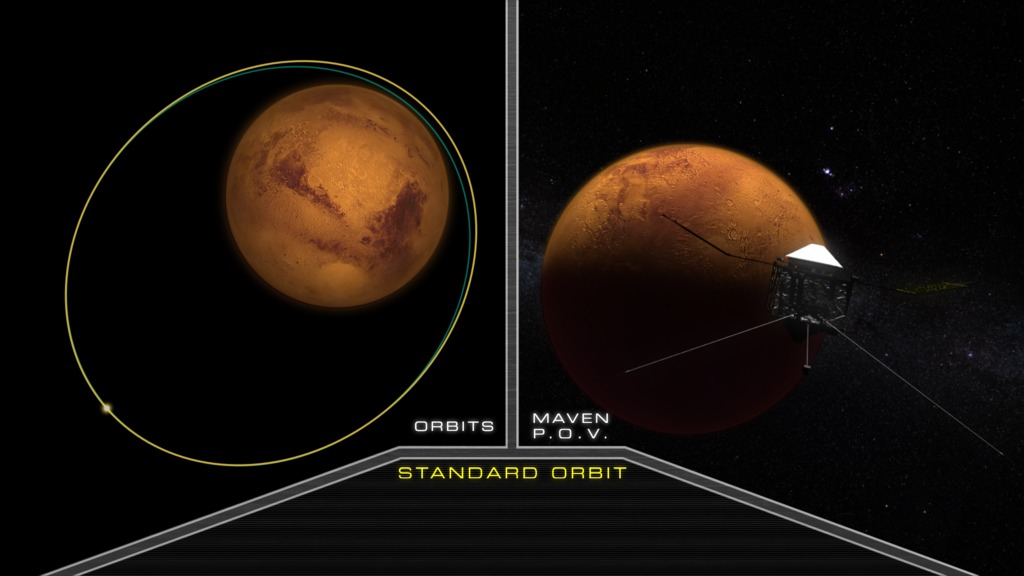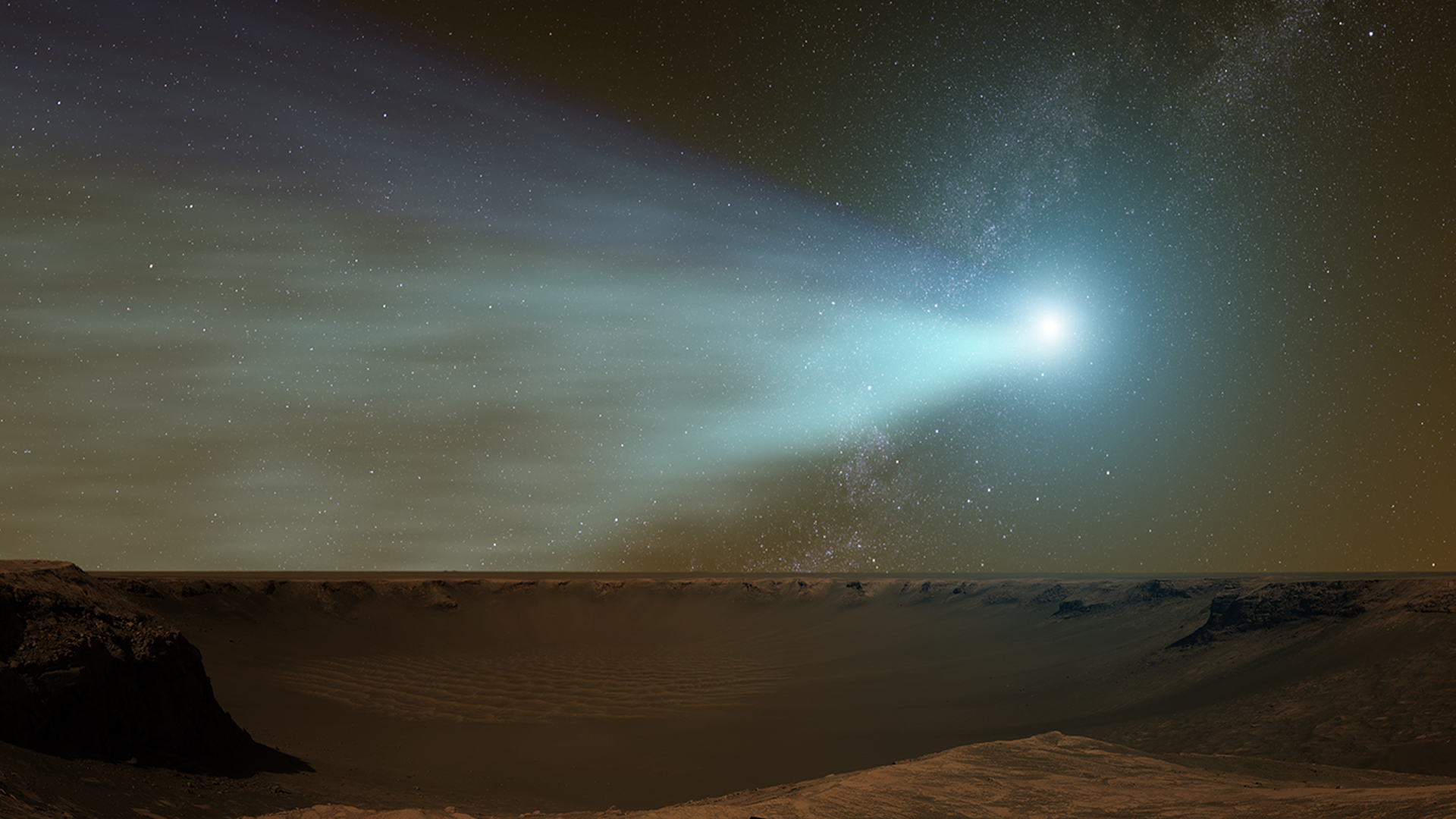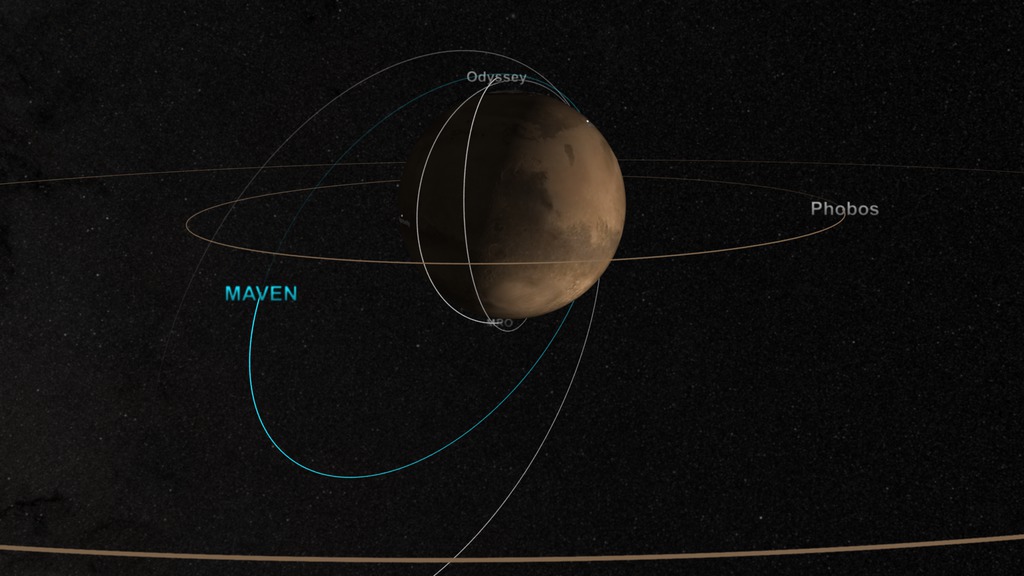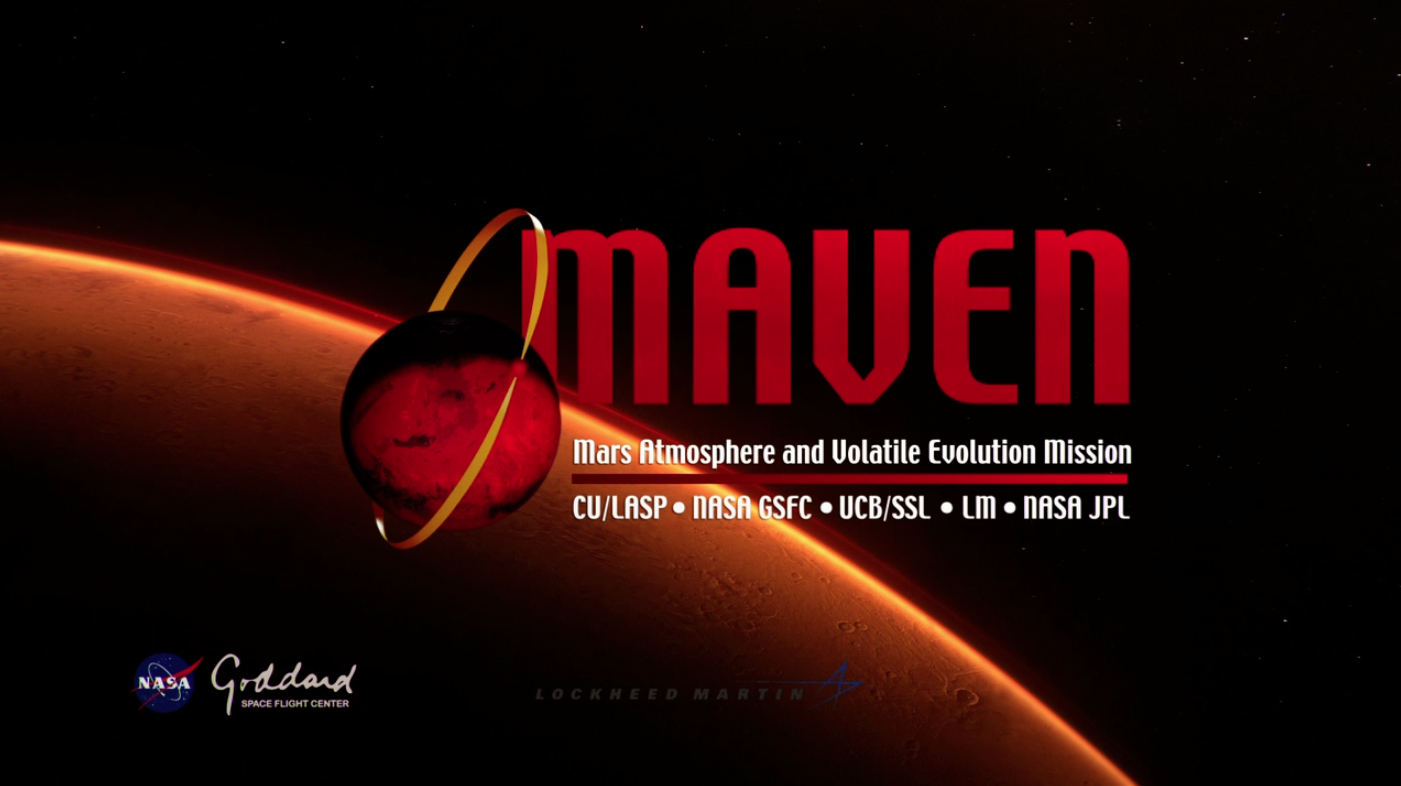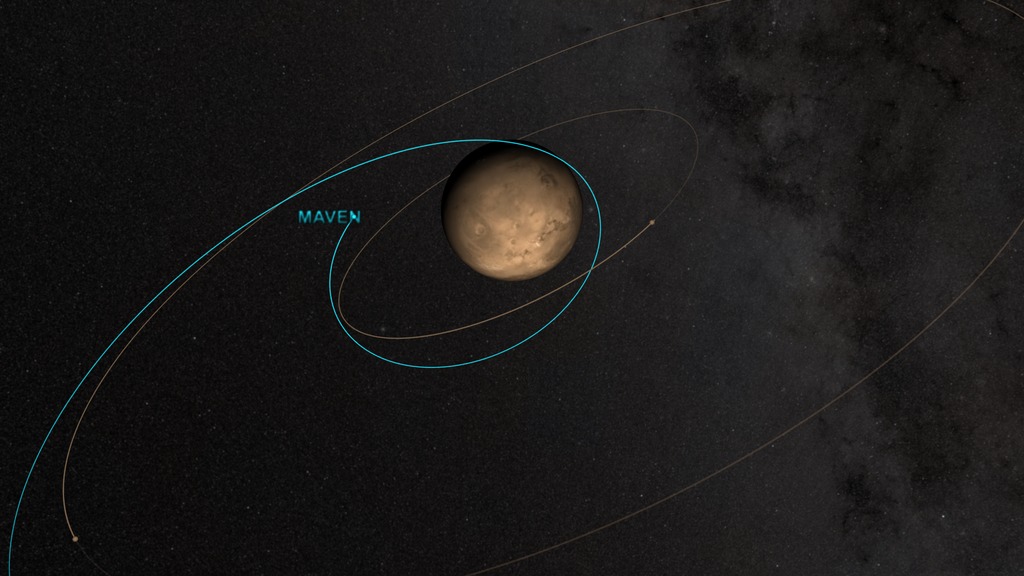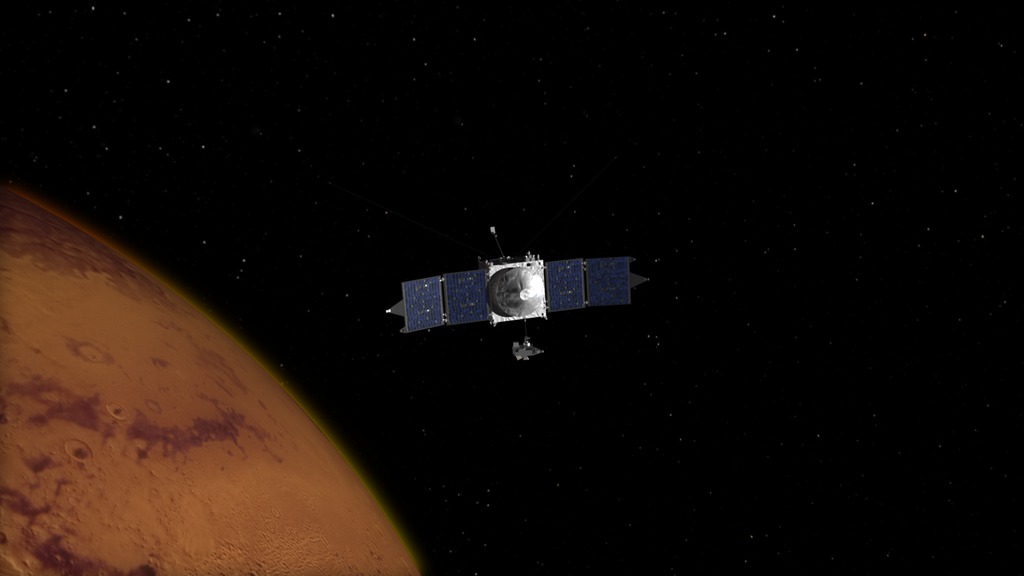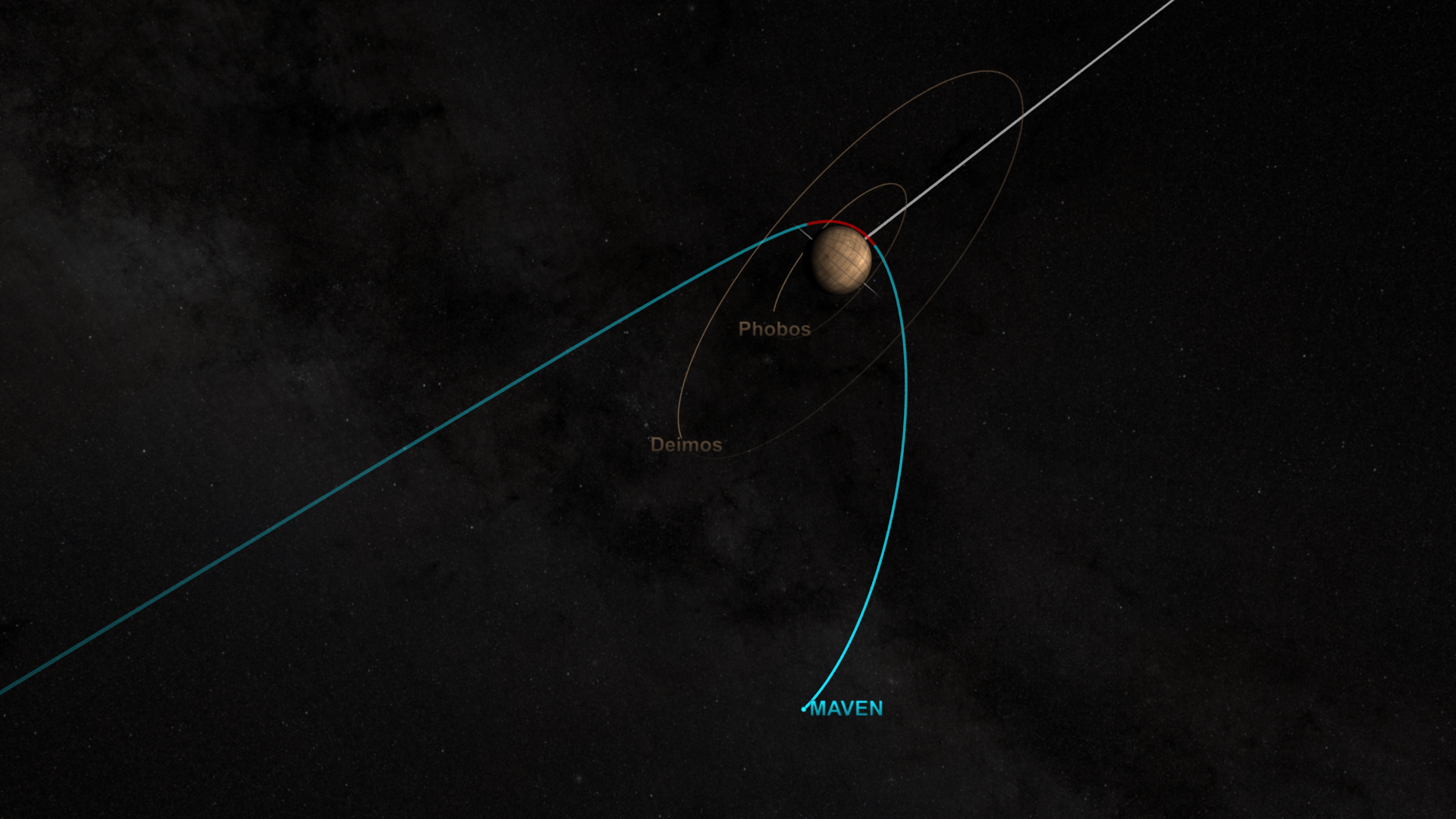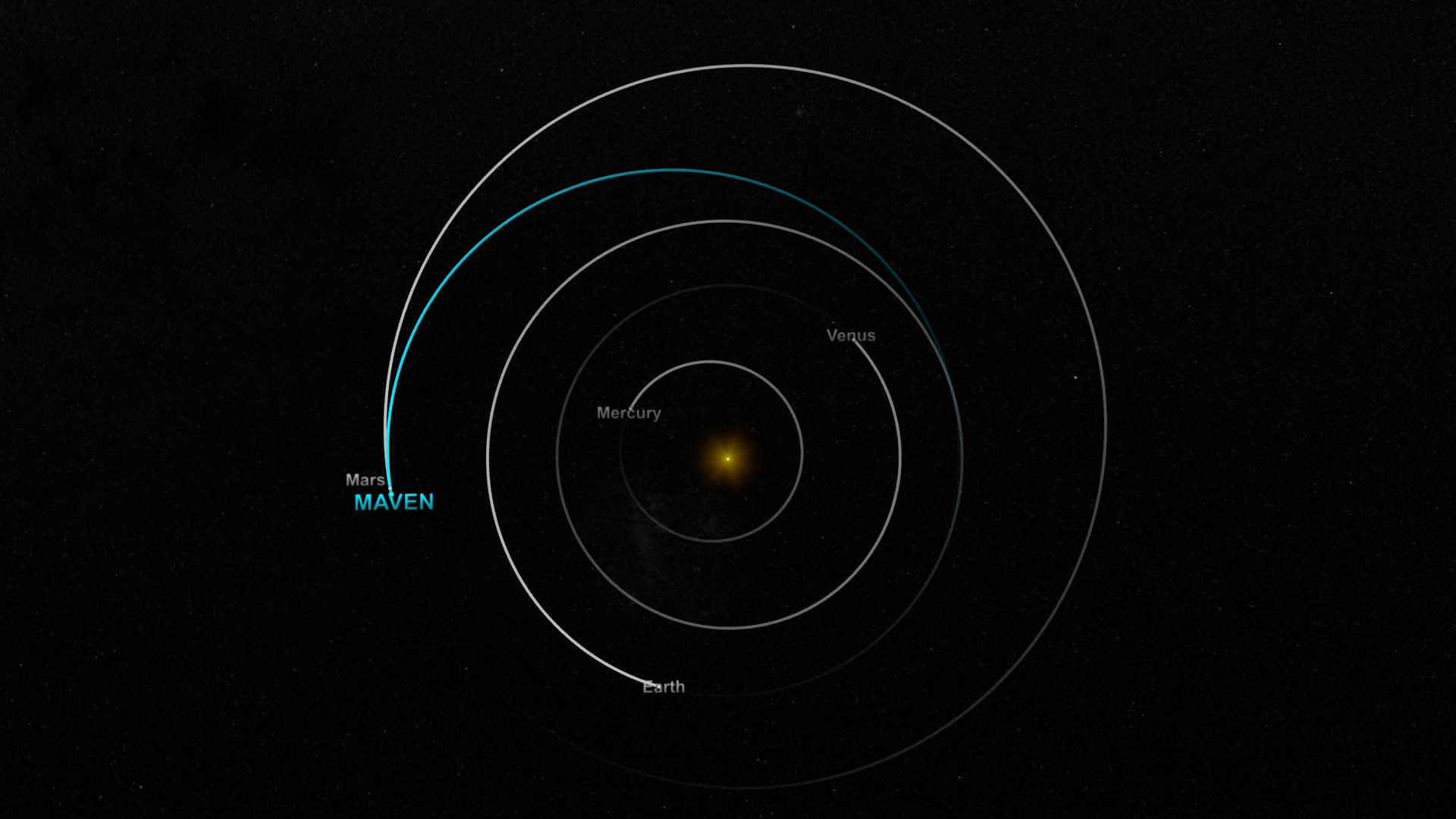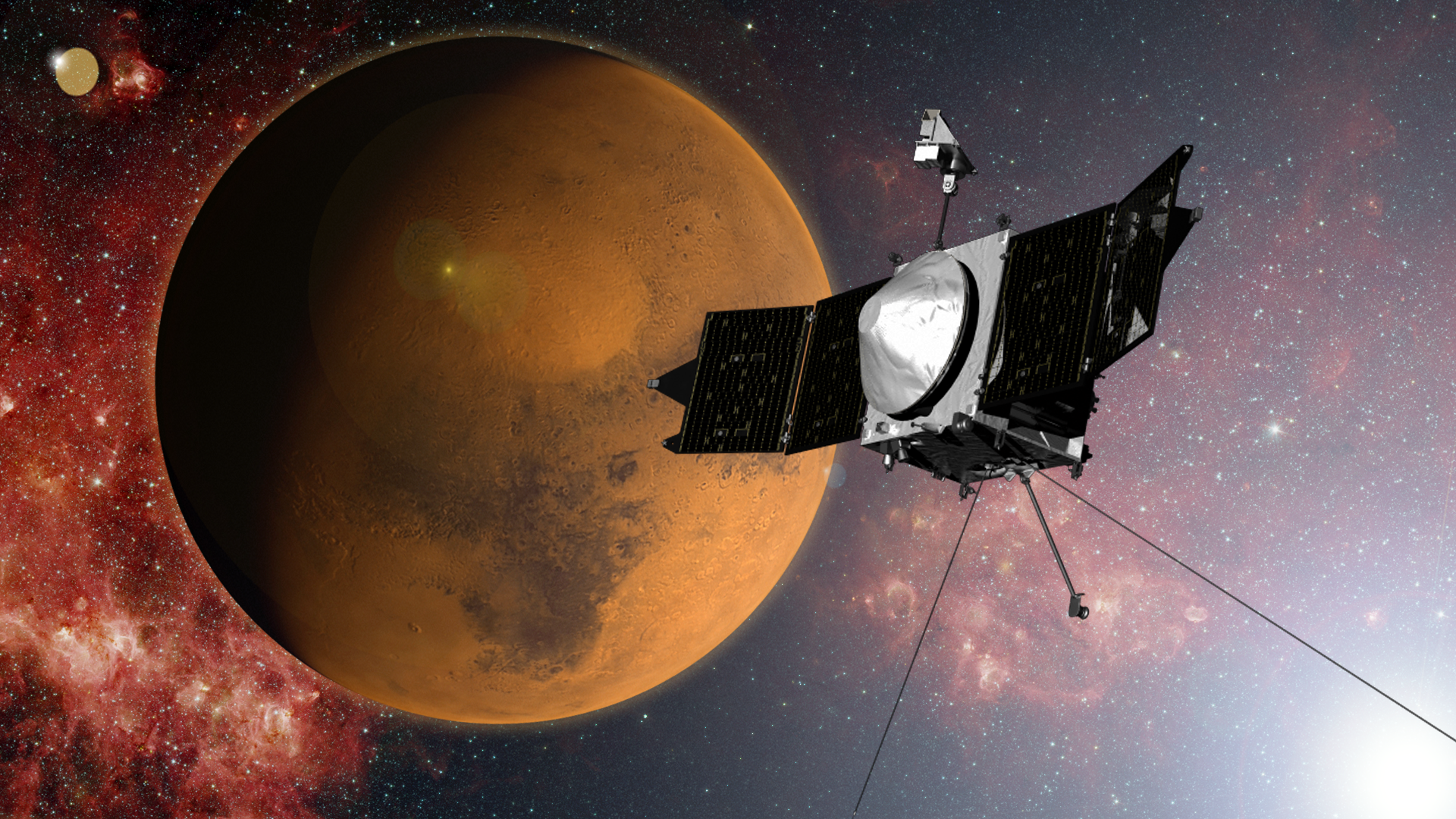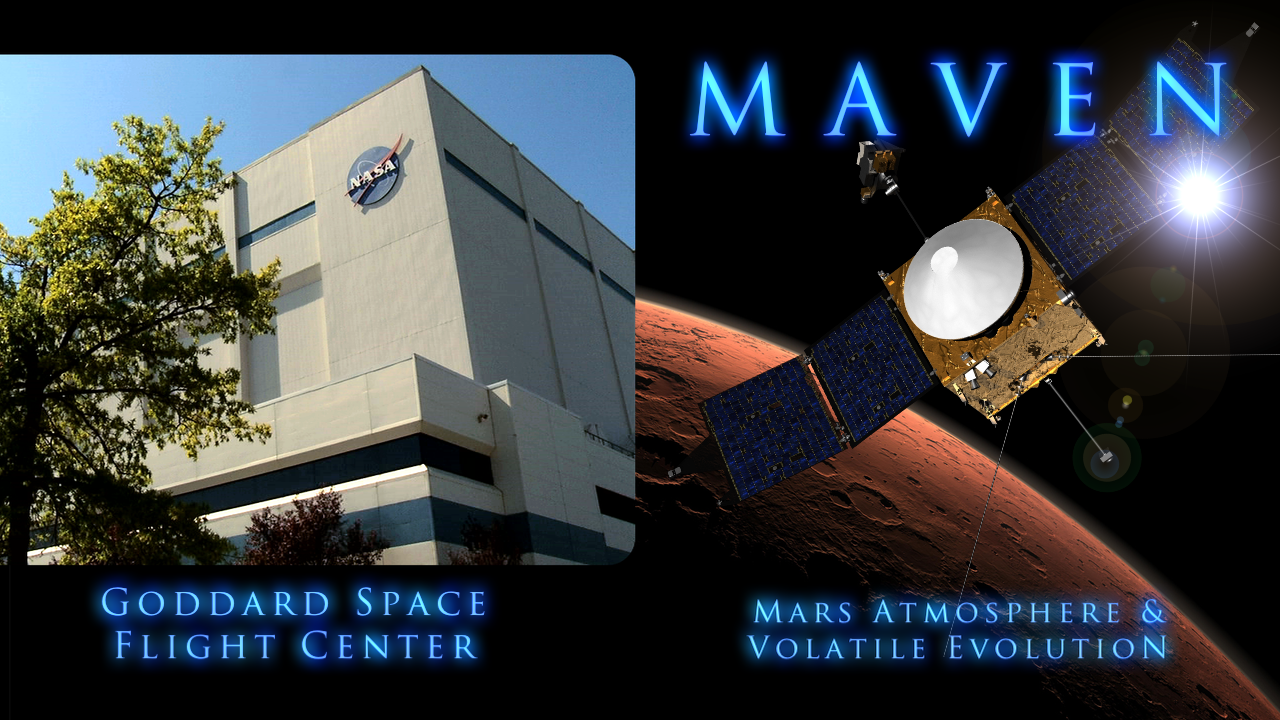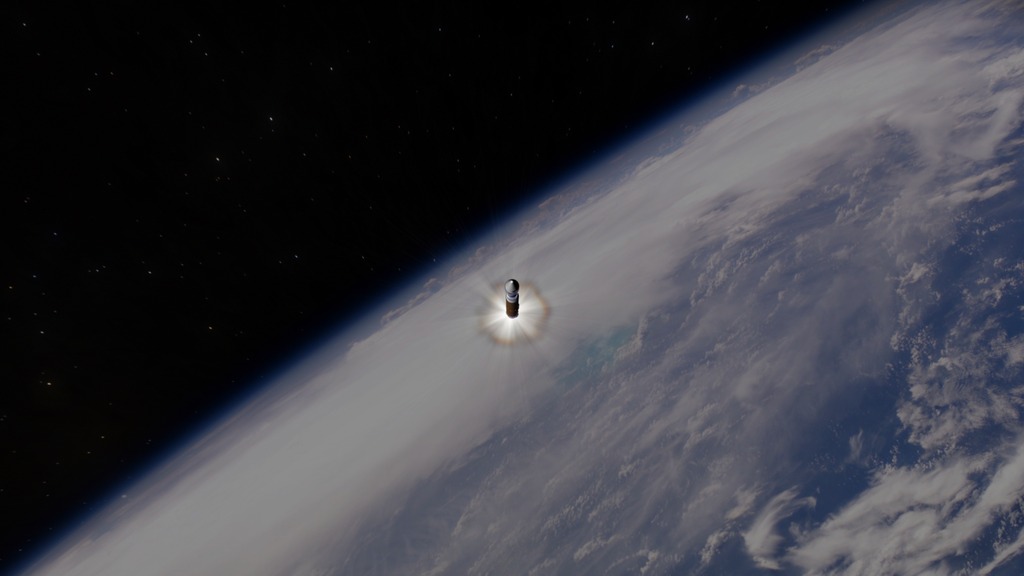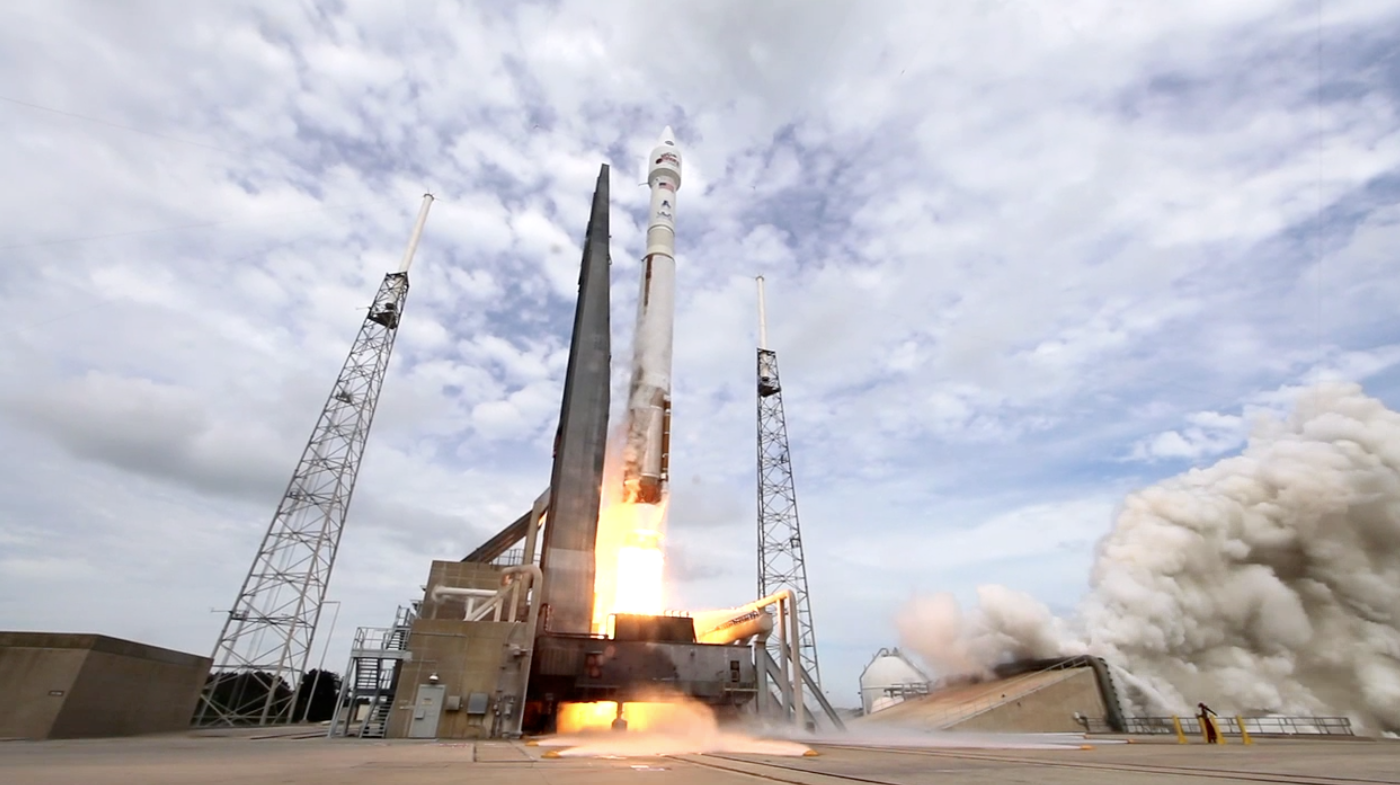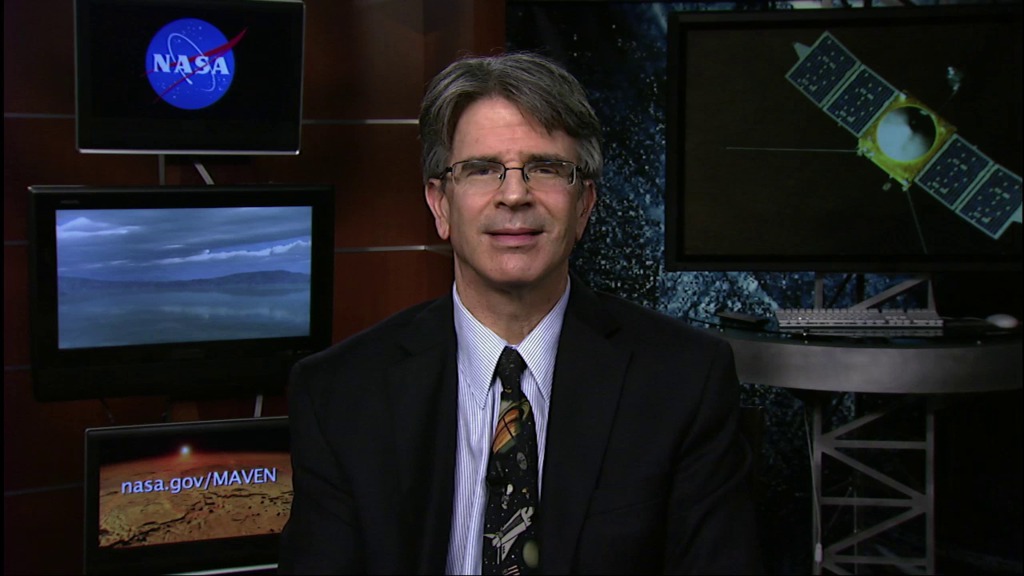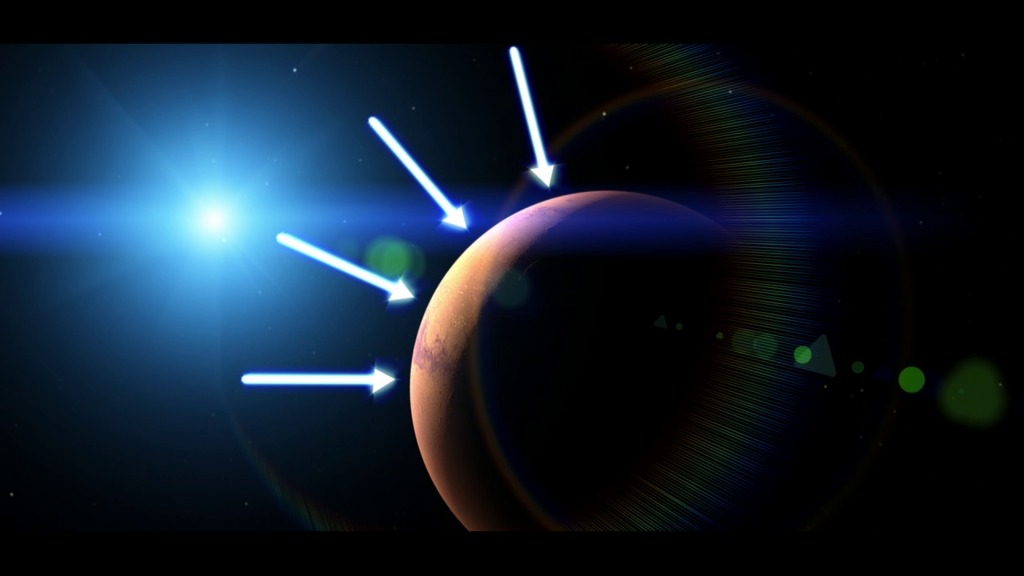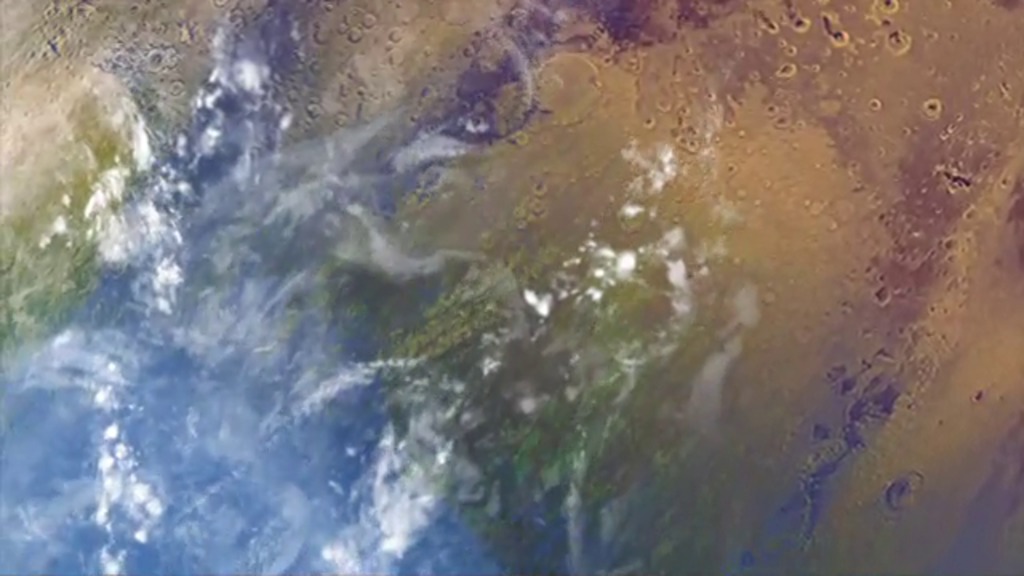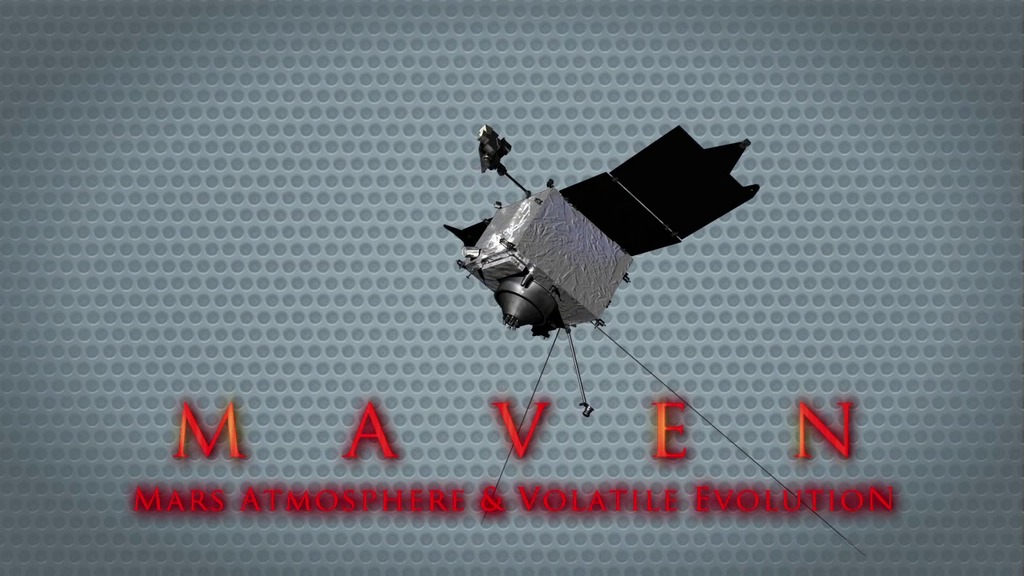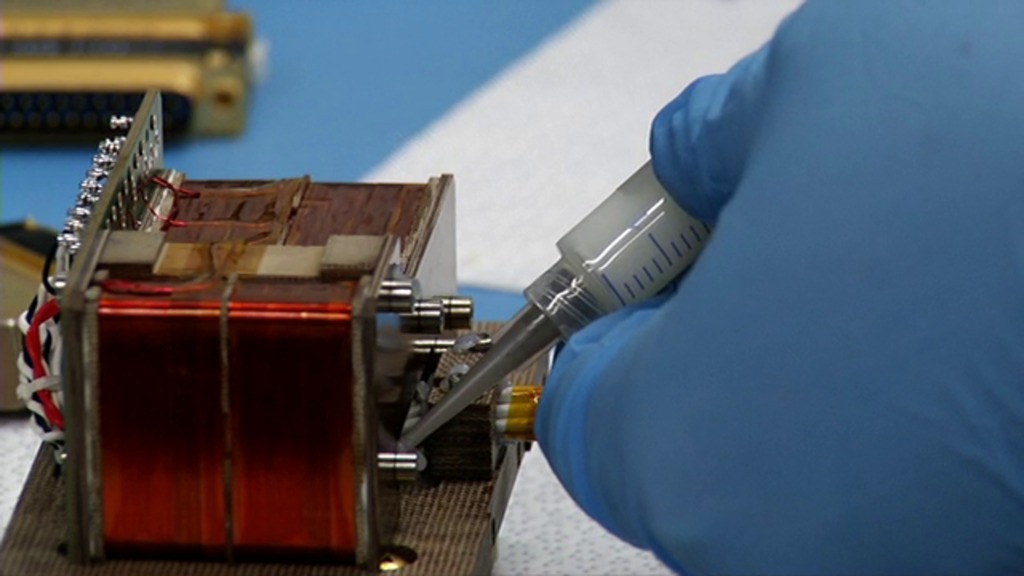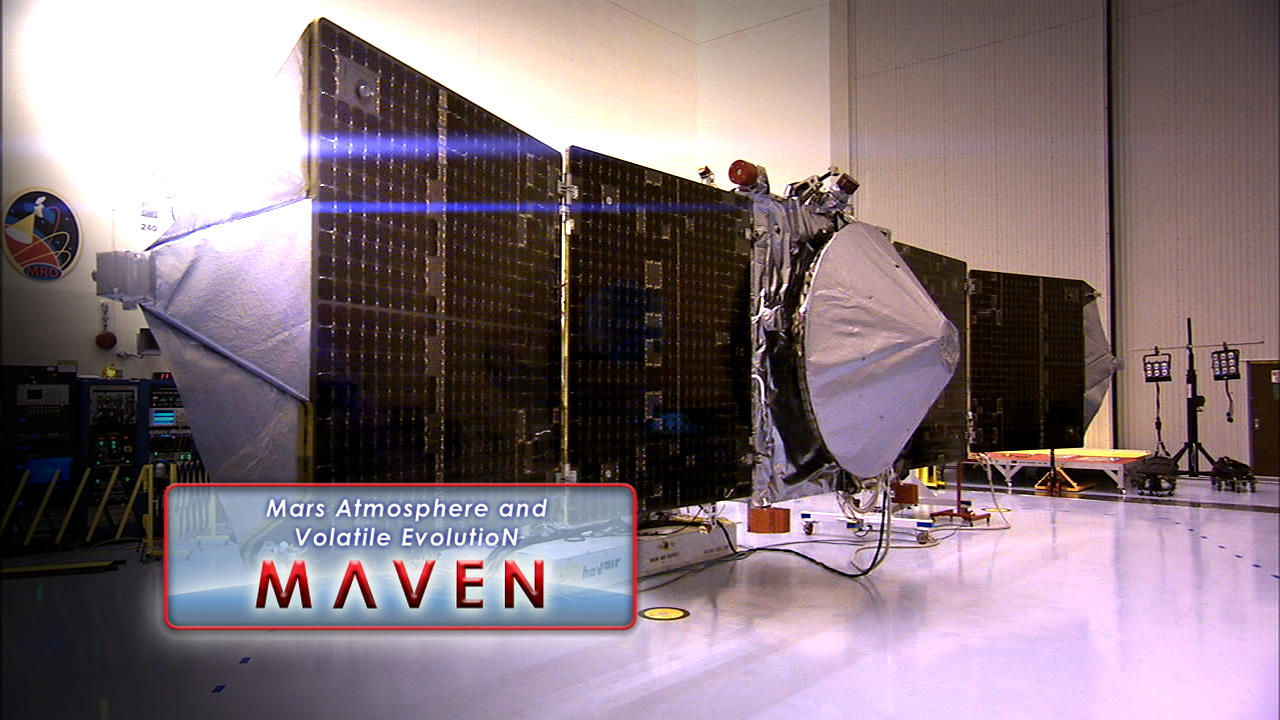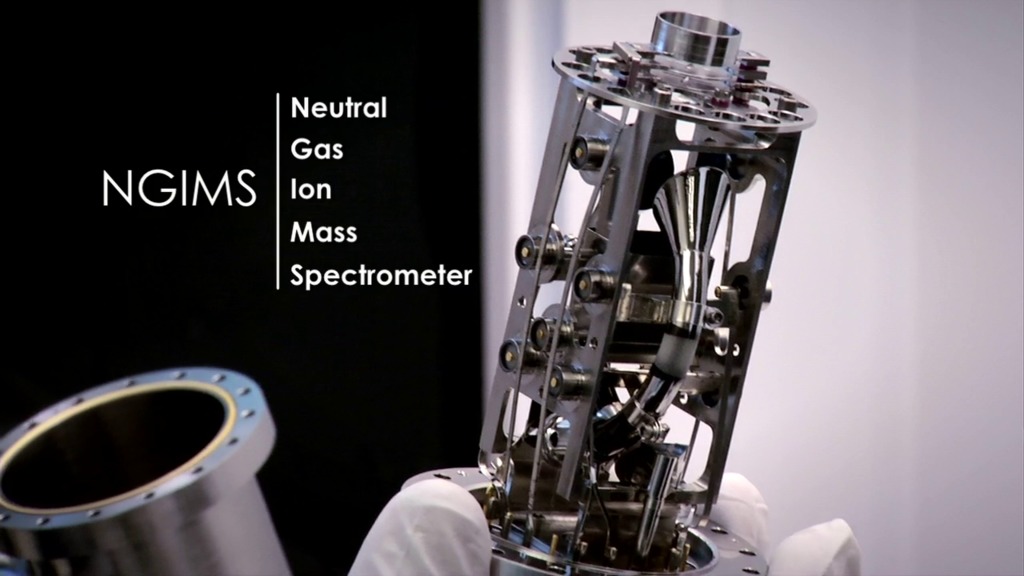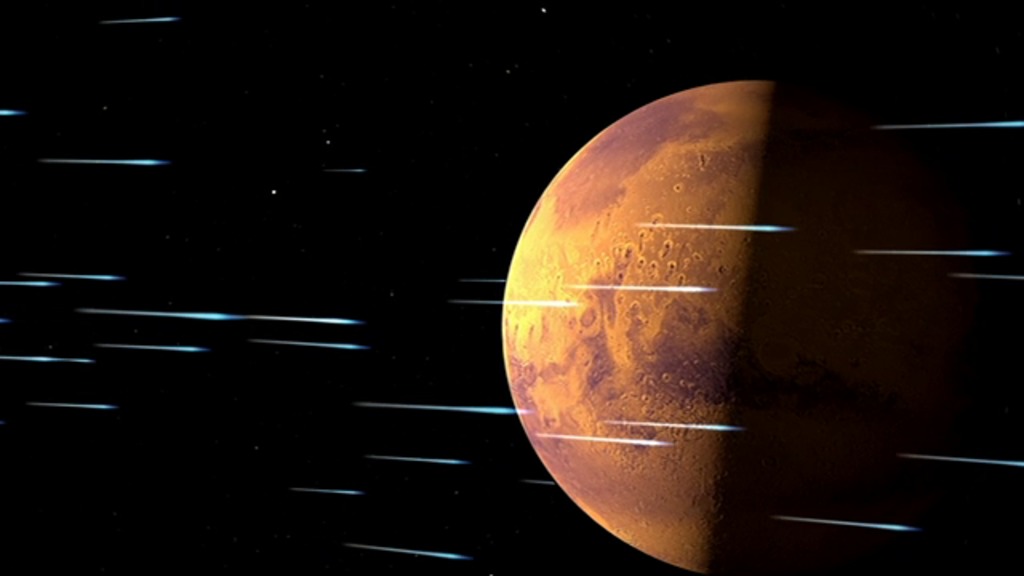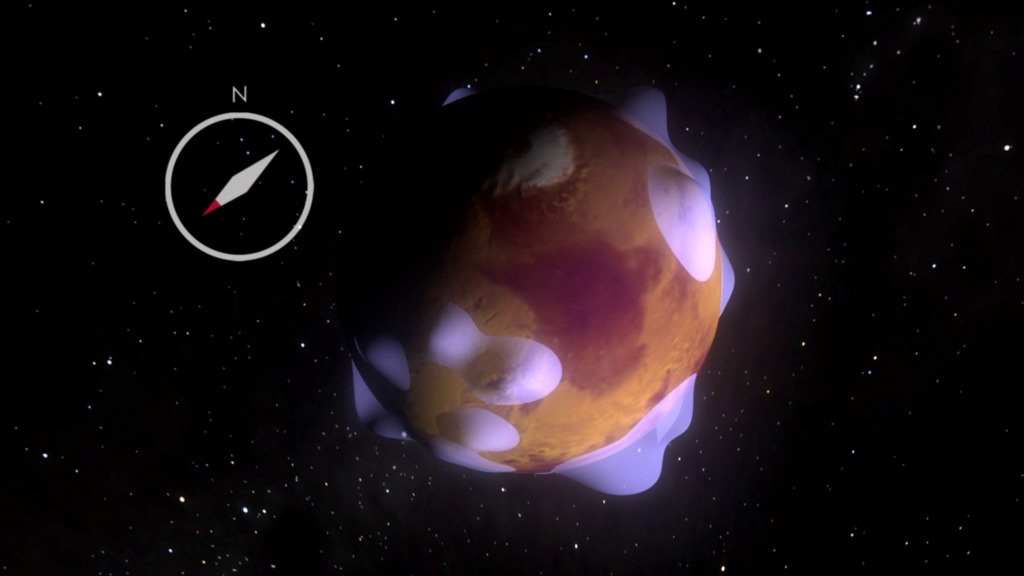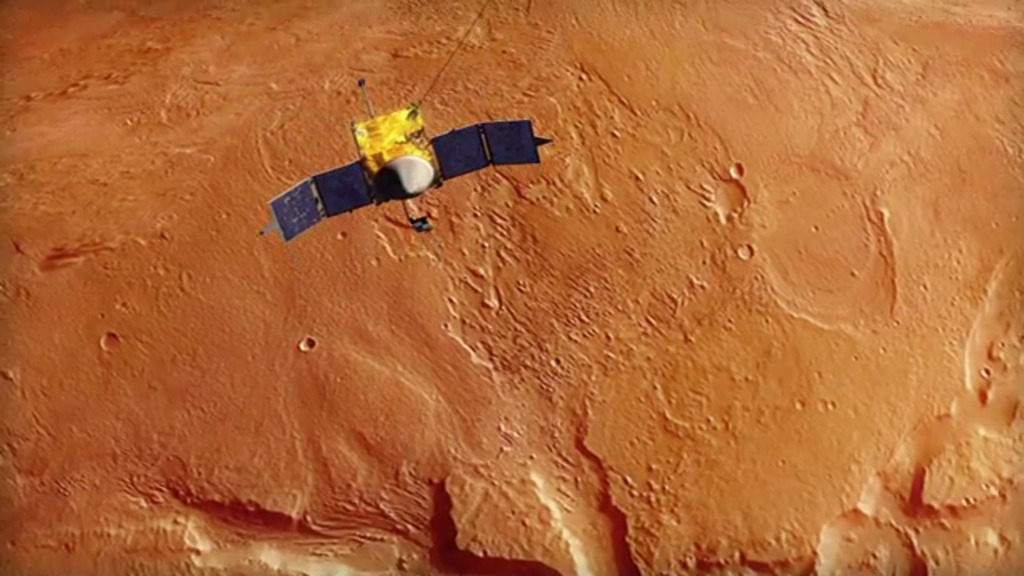MAVEN
Overview
NASA's Mars Atmosphere and Volatile Evolution (MAVEN) is the first mission devoted to understanding the Martian upper atmosphere. Today Mars is cold and dry, but ancient Mars was warm, wet, and possibly hospitable to life. Scientists think that the loss of Mars' early atmosphere caused the planet to dry up, and MAVEN is testing this hypothesis by observing present-day interactions of the Martian atmosphere with the solar wind. Learn more about MAVEN from
NASA and CU Boulder.
Content
- Produced Video
- Produced Video
- Visualization
- Produced Video
- Produced Video
- Visualization
- Visualization
- Animation
- Produced Video
- Animation
- Produced Video
- Produced Video
- Produced Video
- Produced Video
- Produced Video
- Produced Video
- Visualization
- Visualization
- Visualization
- Produced Video
- Produced Video
- Animation
- Visualization
- Animation
- Produced Video
- Animation
- Visualization
- Visualization
- Produced Video
- Produced Video
- Visualization
- Visualization
- Visualization
- Produced Video
- Produced Video
- Produced Video
- Animation
- Produced Video
- Produced Video
- Produced Video
- Animation
- Produced Video
- Produced Video
- Produced Video
- Produced Video
- Produced Video
- Produced Video
- Produced Video
- Produced Video
- Produced Video
- Produced Video
- Produced Video
- Produced Video
![During its first decade at Mars, MAVEN has helped to explain how the Red Planet evolved from warm and wet into the cold, dry world we see today. Complete transcript available.Universal Production Music: “Executive Deceit” by Samuel Karl Bohn [PRS], Chalk Music [PRS]; “Quasar” by Ross Stephen Gilmartin [PRS], Chappell Recorded Music Library Ltd [PRS]; “Modular Odyssey” and “Synthology” by Laetitia Frenod [SACEM], Koka Media [SACEM]Watch this video on the NASA Goddard YouTube channel.](/vis/a010000/a014600/a014690/MAVEN-10th-Anniversary-Preview.jpg)
![Learn about the “disappearance” of the solar wind at Mars that was witnessed by MAVEN – an event last seen nearly a quarter-century ago at Earth.Complete transcript available.Universal Production Music: “Space Museum” by Harry Gregson Williams [BMI], Atmosphere Music Ltd. [PRS]; “Currents and Crime Scenes” by Dylan Matthew Love and Harry Gregson Williams [BMI], Atmosphere Music Ltd. [PRS]Watch this video on the NASA Goddard YouTube channel.](/vis/a010000/a014400/a014477/MAVEN_Solar_Wind_Disappear_V4.jpg)
